Q-n-A Webinar 7: June 18
Q-n-A with Craig Morrow, seventh webinar, June 18th 2025
Good evening, ladies and gentlemen.
How are we doing today?
If you're out there and interrupts world, let me know you can hear me.
Anthony, how are you doing, my friend?
Mark, hello.
I'm assuming that means you can hear me.
Ed, you can hear me.
Fantastic.
Audio is good.
Fantastic.
Hey, David, James, Bill.
Bill, I hope we do better than we did the other day when the computer cut off.
It looks like sound is okay.
All right.
So I'll get up from my proverbial chair.
Well, good evening to session seven of the Q&A webinars.
Same host, same humble instructor, RST Craig Morrow.
For anybody that's done a swing review, you've probably heard that a couple times.
How are we doing tonight, everybody?
Everybody having a good week so far?
As usual, I'm going to let people get in the room and bounce back and forth.
Make sure you can hear me.
I hope everybody enjoyed the U.
S.
Open.
Had a great Father's Day for the fathers out there and the fatherless people.
I hope you had a great Father's Day as well.
I only have dogs, so I had to take care of them.
They didn't give me a card or anything.
I was kind of disappointed in that.
What are you going to do?
So I hope everybody's doing well.
I'm going to let this ticker come through here.
Hey, Stan.
How are we doing tonight?
Chris?
Anthony, enjoyed the carnage at the U.
S.
Open?
Yeah, I was hoping for a little bit more, to be honest with you.
I'm sure everybody kind of has, hey, Ray, I'm sure everybody has kind of mixed opinions on what happened there.
I was hoping for a little bit more.
Um, what everybody think about?
The big topic conversation's been the casual water, or non-casual water for burns on that hole, that everybody basically could see, that it was casual water.
So how could they?
And I have my own thoughts on the speaking.
What are you going to do?
My thing is I had people texting me like crazy, and I rarely watch golf, but major turns on and it's raining outside.
I'll flip it over.
I had people texting me like crazy over that, like my thoughts and opinions on I've always been the big believer that if your playing competitor agrees that it the playing competitor is catty.
If everybody gets together, just like when you hit it in a water hazard.
When you hit it in a water hazard, you're like, OK, well, this is the line of sight that it went in.
I've been in tournaments before.
I'm like, hey, but your ball actually crossed right here.
It didn't cross 50 yards up right there to where it's like, OK, this is a fair place for you to drop.
So everybody was on the consensus that it was casual water.
And obviously you could see the practice swings.
I think you should have got an adjustment.
But going back to my point, everybody texting me.
You get bad breaks in the U.
S.
Open.
Regardless of whether it's a ruling or a bounce, he let that mentally get to him.
And if it was that bad, then I'm going to take a different club and I'm just going to get it up there.
And at worst, I'm coming away with bogey.
Because as I told you all in the first one, don't shoot yourself in the foot.
All right?
Don't compound mistakes.
If it's really going to be that bad because it's that wet, that's not the shot to hit at that point in time.
You can see everybody just on the leaderboard.
Straight downhill.
Steve, I didn't love how the weather decided to open.
That being said, Spong.
Yeah, I mean, you got to give it to JJ.
I mean, he went out there.
Nobody was taking it.
It was like, who's going to step up and do something?
And, you know, that T-shirt that he hit on 17, you got to give it to him.
He said, I'm going to do this since apparently nobody wants this trophy.
Personally, I was rooting for Scott.
Just me.
But I'd be happy either way.
Who would?
Unless it was Rory, but that's another story.
Hey, Charles, how are we doing today?
Burns got burned.
I agree.
And see, that's the thing.
I'm definitely not the type of person that says, hey, everybody's jumping off a cliff, so I'm going to go jump too.
That's not me, if anybody knows me.
Literally everybody's of the consensus, other than the two people that were making the ruling that it was, that's, that's casual water.
And I loved all the, like the Instagram posts later where players are like walking to the same spot, like five minutes later and being like, uh, so it's a little wet here.
All right.
I'll give it about one more minute and then we'll get started.
Charles, Scott, me too, but happy for Spahn.
Yeah, Spahn seems like a big journeyman.
I'm happy for him.
He was definitely dealing with a lot of mental stuff, but I was rooting for Scott.
Who would have picked Spahn to win after five bogeys?
Exactly.
I mean, that goes into something that I told a student that sent me a text during it.
I said, you don't win.
or lose on the first hole.
You don't win and lose on the first hole.
It's 18 holes for a reason.
And especially in a major, excuse me, you're going to have ups and downs.
And if you can take the blows and you can take the blows, you got to give it to him.
I mean, his betting odds were fantastic at the turn.
So for anybody that's into that, if you took Spawn, you're able to double up on your money pretty easily.
Scott, 100%.
I've met Burns and spoke with him.
He took a lot of time to talk with my son when he was young.
Yeah, Burns is a good dude.
I don't know Scott, but I've heard Burns is a quality character.
When you know it's wet, shouldn't you hit to the high ground?
Hey, David, how are we doing?
Well, Ticker's slowing up, so we will get started if I can figure out where I put my list.
So we had a few more questions start to pop in today.
Probably won't get to them because if they get posted three hours before this, I'm still on the, uh, catch up, all right.
So, with that being said, I'm probably at this point thinking about how many that are left.
I'm probably going to be able to clear tonight and Wednesday everything that's up to this point being posted, uh, and if not, then, you know, I'll try to go back and answer people.
So, without further ado, number one, number one.
The video of Chuck throwing the medicine ball down the line kind of threw me off in terms of weight shift.
When I tried to feel like I threw a medicine ball down the line when I swing the club, I find excessive lateral movement and I rotate with a little bit of early extension when I feel like I shot my left hip back and rotate.
So throwing the medicine ball down the line when you swing the club, you find excessive lateral movement, Which is natural because you're swinging something with a little bit more weight as you're doing this.
And a little bit of early extension, and it's probably because you're just firing it a lot from the right side.
I think if that goes into that eight iron video, so let me just I'll demonstrate it.
So if I'm here and I'm taking this medicine ball and I'm firing it down the line.
What you're more than likely doing is, as you're getting here, you're trying to heave it.
Okay, you're trying to basically use your entire body and heave this thing through, which is creating early extension.
And when you start pushing that way, you're going to start to get a lot of excessive lateral motion.
To me, that's not dialing it down to what you're actually using.
Because if I was focused solely on just using my core and even kind of just letting my legs react to this motion.
If I was going here and solely using my core, how would I?
How would I create early extension?
Right now?
The only way that's going to happen is if I'm trying to add all this force from something that doesn't need to fire.
So I've seen people take the medicine ball and go up to here.
And then they're like, Okay, let me throw it this way and they start pulling themselves off their spot.
Because that's what feels powerful.
I think the main thing with that question and that problem, dial it down to what you're really trying to use.
That's why you go all the way back to putting and trail chipping when Chuck's like, you know, make the claw and hit yourself in the stomach.
Really isolate.
What am I trying to use right here and in that motion?
the core?
if I'm just if I'm literally just using my core right now, how would I create any early extension?
The only way I'm going to early extend is if I'm thrusting and shoving my hip this way.
But is that?
Can it be powerful with a medicine ball?
Absolutely, but let's think about this.
We need power and accuracy, and I think that's where players start to get it a little bit askew when they're doing the drills.
Because they're like, oh, power, power, power, power, power.
And I'm like, well, you got to fit on both sides.
I not only want you to be powerful, but I also want you to be straight.
There's no point in having the long ball if you're three counties over after your tee shot.
So to me, That's trying to have excessive force for speed instead of really getting down to what you're using, to have the combo of accuracy and speed.
Number two, please talk about the importance of Chuck's video, counter torque, and the right and left foot.
Talked a little bit about the counter torque last time.
The one where he uses the towel to demonstrate torque, and also the video where Zach Johnson doesn't move his hip backward like Rahm does, and many others.
Players are going to use and have different types of hip rotation or how hard they're really driving through the shot.
There's still counter torque in both.
As I'm starting to move through here, at some point in time, there's going to be some type of deceleration.
So take the snapping of the towel, the towel is not going to snap if I had a towel.
Well, we'll use animal, so animal right here is not going to snap.
Unless I start going back the other direction, that's going to be the only way for him to snap is for me to go back the other direction.
So something has to happen.
There's going to have to be some type of decel or some type of change of direction.
And that's in any motion.
Even if I'm sitting here and I'm trying to add a little bit more squish the bug.
Squish the bug I'm going to use as a power move.
I'm trying to use a little bit more rotation for force.
But even if I'm squishing the bug, I'm fully contracting my glutes.
And this is still acting as kind of a breaking mechanism.
As I get into impact, I'm not manually like just trying to like, you know, drop a lead anchor right there.
But there's definitely still going to be counter torque in it.
So, you know, to further the point from last week, I think when players start to see Chuck drive the hips hard, or use an example of a player that really uses a lot of his hips, they think Gary Player.
They're like, oh, I've just got to keep going like this.
Like that's that's what.
they're still going to be counter torquing.
I'm still trying to get here and let that towel snap.
And so both of them, they're still going to be counter torquing.
With the left foot, same thing in the eight iron video.
If you're getting this rotation right here to where your leg starts to internally rotate this way, this is creating that brace for you.
As this keeps externally rotating, you're just, you're never going to get posted No matter what I do, Unless I do a large hip turn, almost feels like a reverse pivot, I get stuck on the downswing.
Any tips on takeaway or sequencing that are coming flaws?
No matter what I do, unless I do a large hip turn, almost feels like a reverse pivot.
Well, I can understand why it feels like a reverse pivot.
And I get stuck on the downswing.
The first thing is the backswing can definitely feel like a reverse pivot.
So as I'm starting to make the backswing, the backswing is going to be this blend of rotation, side bend, and extension as I kind of start to get into this lordosis position with my spine.
And it can feel like a reverse pivot because so many players are used to staying in flexion and swaying off the ball this way, or more importantly, pushing with their lead shoulder this way.
So feeling a little bit more like reverse pivot isn't a problem, but unless I do a large hip turn, well, maybe you have to do the large hip turn.
We want to create a stretch.
When you think of your fascial lines, we want to create the stretch from this left foot all the way across, winding around my ribcage, all the way up here to the top of the club.
And so as I'm doing that, if I were to just swing back my arms, I'm not going to move anything except my arms.
That's about as far as I can move.
That's about as far as I can move my arms.
Now, for me to keep going, I would have to start to let my body rotate.
And my hip, let me do this from down the line, and my hip would start to facilitate getting that turn.
So to me, It sounds like that you're just actually starting to feel what it's like to actually get the hip deep, as Chuck says.
Hip deep, shoulder steeps.
You're starting to get the feel of actually letting your body move.
Because you're so used to swinging your arms and staying in flexion and getting tight that that's your trigger to start coming back down.
You're not used to staying that centered and allowing your body to pivot for so long, especially even the X-factor guys.
Yes, there is a difference and there is some separation between your lower half and upper half, but there's also a reason why they got sued.
For so long, it was taught, your hips stay right here.
Don't let them rotate.
Don't let them do anything.
You rotate against this.
Yes, that does create tension to start rebounding this way.
But I think for this question, unless I do a large hip turn, it almost feels like a reverse pivot.
Probably because you start to swing your arms and you get a lot of tension.
And instead of.
All right, well, my head's going to start to go this way.
You probably feel like you have to heave it and it's okay to have the hip turn now.
The getting the stuck part to me, okay, I've now gotten to here.
And what more than likely you're doing while you're getting stuck is because you start pushing off.
This way, you get a deep hip turn, you get this glute loaded, you get this right side loaded.
But you're not used to transitioning and recentering correctly.
Because as you start to get up here towards the top, my scapula starts to move this way, I'm going to start to recenter, then move down and move into my side bed.
And you're probably not used to making that recentering motion and then moving into your plane.
You're probably used to creating a ton of tension and then just pushing off this way.
Now my right arm's stuck, and the only thing I can do is flip at it with my hands.
I could be wrong.
I saw a note pop up.
Maybe it was your question.
Okay.
So hopefully that answers that one.
Number four, what causes the lead leg to remain bent when posting up?
Pushing.
I'm telling you, if you can't answer your own question, just say push.
You're probably going to be right.
So the lead leg, remaining bent when posting up, is because you're pushing with this side incorrectly.
This has got too much pressure, or it's got too much weight on it, and you can't get it to post up.
This motion has to be fast, all right?
More often than not, players, when they start to move over to the side, They're so concerned with that recentering, or with that weight that they jump all their weight to the side, and now they can't get it to fire because it's just too heavy.
It's this heavy lead lead.
And so this motion, as I get here, that's quick.
I mean, for me, as soon as I feel that pressure, I'm getting done with it.
Like I'm going right into post stuff.
I don't take a whole lot of time because the more time I take with it, the more I'm going to keep getting this way and the less chance I have of this posting up.
And if I'm pushing, okay, pushing with my arms, pushing with my shoulders, if I'm driving this way, my leg is being told by my brain to not post.
When I have a lot of momentum and a lot of force coming from my top half in the downswing, it is going to tell my legs to turn off.
There's literally nothing I can do about that.
That's built into your DNA.
So hopefully that answers that one.
And if you're stuck with that lead leg, the first thing I'd check to make sure that you're not pushing.
Your right shoulder, right arm, which is driving all this weight into your lead leg.
And that's why you can't get it posted up.
Number five, I'm confused about effortless power.
Do I need to put some effort into my swing from my core?
I don't want the swing to be lazy or non -intentional.
Or is it truly whatever amount of core activation I want to develop the shot I desire?
Well, I think that effortless power or effortless is.
There's only one way for, I think it's a little bit overused.
I think it's a little bit kind of bastardized in golf.
It's one thing to get a lot of speed by not doing a whole bunch.
Take the leverage, for example, with your wrist or using hammer.
All right, I can do this pretty easily and I've got a great force multiplier of leverage.
I'm still creating flexion in my arm.
Letting my wrist get into some radial deviation and still releasing this as I can.
I'm still providing some type of effort right here.
Now I'm getting a force multiplier because of the leverage delivery.
But I think that there's a difference between getting a lot of speed and being effortless, that you're still working and being dead.
I think players, when they start hearing this effortless term, because it's used so much in golf, they think like, oh, all I got to do is just be like this.
and I'm going to hit it a mile.
That's not what effortless power is.
Think about it more like this.
I'm not really doing a whole bunch, but I'm getting a whole lot out of it.
So do I need to put some effort into the swing from my core?
Yeah, you do.
I'm not saying you have to lift 100-pound weight, but what I'm saying is you have to get the core engaged.
Even right here, if I punch myself in the stomach, I'm creating effort to get this engaged.
As I start to load and rotate back and start to feel the stretch, I'm still providing some type of effort.
It's just the thing, you don't want the powerless effort, just as I was talking about with the medicine ball.
You don't want to be swinging out of your shoes and trying to lift 100 pounds, and now the club's moving slower.
It's the same adage when you think about how the club, if the club was tied to me, the club could only move as fast as I'm going right here, and that's a lot of effort.
For a little return now, if I start letting this club release with that.
Now, I'm not having to provide as much effort and I'm getting more return out of it.
So, yes, you do have to provide effort from the core.
You can't be lazy with it, all right?
And it is a good way to feel, kind of how much you're going to give a shot or not, I'm gonna.
The core has to load dynamically, has to stretch, it has to be able to fire.
And it's a really good way to be.
Like, Hey, I'm going to kind of hit a little bit of a lazy shot right here, but this is going to be engaged.
I can kind of govern my pace with the feel, the rotation of my core and letting my legs react to this motion.
So I really, I do like that question, because I think effortless is a little bit overused or misunderstood.
You're going to have to provide some effort.
You can't be dead.
Seeing myself on video, I see that my stance is relatively narrow compared to Chuck and the guys playing TV on the weekends.
How do you determine good width and what are the benefits of a wider stance?
Okay, so the first thing is, is your stance width is still predicated based on your body.
Okay.
So stance width is not determined by your shoulders, by your arms, by your head.
Your stance width is determined by your pelvis, right?
And more importantly, your hip sockets.
Okay.
So if your stance is narrow compared to Chuck, I think Chuck's probably a 32 inch waist.
So if you're like a 28, 26 inch waist, you might need a narrower stance than Chuck.
But our stance width is determined by our hip sockets.
I'm not going to get into all of it because for most of the people here, they understand neutral joint alignment, but basically took away all my skin and left me down in the bones.
You want your body balanced, and you want a stance with where your body has the ability to be able to shift weight, but not have to move so far laterally.
So if you, you can do the technical way where you can take two fingers.
And find your hip socket right here, or your hip bone right here, which reminds about right there.
All right, and what you want is two inches outside of that for any standard shot, all right, so two inches outside of my hip socket.
Which for me?
If I just drop a line down from this belt loop for the first one that I have, it's roughly right around where your hip socket is.
If I drop a line down from there, you can see how my foot is just on the outside of this club, same thing with this belt loop.
That's where you want it.
So you want it two inches outside your hip sockets right here.
And the purpose being is if my stance was like this and I'm trying to hit a seven iron, what's my problem going to be?
I'm going to be really stable.
So this is a nice, good, stable position, but that's the problem.
I'm going to be too stable.
If I try to move any weight, where's my head got to go?
My head's going to go all over the place or I'm going to really start doing some.
Extraordinary motions with my spot.
My stance is too narrow.
Like this in your case, then what am I not going to be able to do well now?
I'm not going to be able to use weight shift, I'm not going to be able to use any kind of lateral motion to help create any momentum, to help create some free speed in this way.
So the stance width is very important for us to be in a spot where we can shift our weight without moving our head too much.
So we can generate power and be in a position where we're stable enough.
So two inches outside of neutral.
Find your belt loops, both feet, two inches outside.
Good question, though, because I'd say it's at least once a week where somebody's like, I was taught stance width, shoulder width apart.
And I always ask them the same question that I've always asked them.
What do your shoulders have to do with your feet?
Number seven, can you please describe lordosis as you transition into the downswing and through the strike?
Does it increase, decrease, remain the same?
It's going to increase and then you're going to lose it.
So as you move up and.
To your position at the top.
And I'll do this from both views, because it might be easy to see the Lordosis on camera.
I'm not sure the monitor is too far away, but as I move up into the top, I'm going to get into this position, Lordosis.
So you can I start to get this curvature at the base of my spine right here?
And this is the position you want to get into as you're moving into extension.
Because it starts to kind of lock all your facet joints, and it's it's trying to protect you as you're doing something dynamic.
So as I move up into this position, I start to move into this little bit of lordosis as I get towards the top.
The question is, does it increase, decrease, or stay the same?
Well, in transition, if you're being really dynamic, it's going to increase.
So as I'm going from here and I'm going into extension and I'm getting into this lordosis, well, what's the first move that's going to happen?
Well, this scapula is going to start to drop down as I transition.
And I start to kind of move into my lead side.
Well, as this happens, my lordosis is going to increase a little bit.
But now as I really start to drive my hip, I mean, if you watch it from the down the line, maybe up the line's the best.
So if I'm right here and I'm in lordosis, as I start to get back into this position and start to get the scapula, it's going to slightly increase.
But now as I start to drive my right side, you can see how my back is starting to get a little bit flatter right there.
So I'm going up to here, getting into extension and lordosis.
As I start to move into the lead side, it's going to increase as my scap starts to drop.
I start to really try to get prepared to pull those ground forces up, moving into position here.
But now as I start to fire, You can see that I'm still working into side bin and I've got my curvature right here, completely safe, as long as my hips are opening right here.
But my spine definitely isn't in as much.
So I'm going to.
Increase lordosis in the transition.
I'm gonna, I'm gonna warn you, don't try to do that.
Your body has all these built-in safety mechanisms, I mean, you know, especially with when you shift weight, with how your hips move, how your knee moves, your body knows what it should do.
When it's trying to support a weight, sometimes you can start to override what it's naturally trying to do.
And that's what I think you have to be careful of.
So I don't want you to get up here and then be like, all right, increase my lordosis.
Like that's, I wouldn't tell anybody to ever do that.
That's a byproduct of just making the transition correct, making it dynamic, starting to take that stretch.
Because think about, it's a good way to do it or a good way to think about it.
If I'm here, what typically happens for better players that most amateurs don't do?
Better players tend to, in transition, they're already going back towards the target.
All right.
So professionals always have the tendency is as they're starting to finish the backswing, they're already going down towards the target, which is creating more stretch.
And as I do that, that's going to be that motion of finishing the backswing.
Getting a bigger stretch and starting to move back and transition right there, that's a that's a byproduct.
It's nothing you'd ever want to try to create.
Because I could see somebody right now saying, Okay, CRaig.
Well, I loaded into my trail side and now I'm going to try to increase my Lord.
And that's let the body do that naturally, by making it dynamic, let the body do what it wants to do, or it's designed to do.
Just checking the screen, sometimes when I see a little text pop up, I get a little bit worried.
Everybody did help me out in the one webinar when the mic cut off.
I have no idea.
So hopefully that answers the lower doses question.
Number eight, I have to force deviation in the downswing.
So for those that don't know what deviation is, that's going to be the uncocking of the wrist.
All right.
Older deviation.
Radial deviation If I don't, rotation happens way too early and I pull, hook the ball.
What I'm working on is sequence supination first deviation, and rotation happens by itself.
This is what I experienced.
Does this sound correct?
I have to play on the course to see if this will work.
But my assumption is the harder that I deviate, the longer I can hit the shot.
Well, the snap is still a byproduct.
yes, can you get down here and try to add more snap?
I mean, if you're if, if you think about it, if you're intending to throw, so I'm throwing for the top, yeah, I'm gonna feel adding more throw, just like the hammer I'm gonna feel, but it's still.
The snap is a little bit more of a byproduct of your sequencing.
You want it to be very natural and fast on its own.
Because the more you start trying to muscle something, you're going to walk a fine line of.
Okay, now I'm using my muscle to make this happen.
Versus.
I'm allowing the club to speed up because of my sequence, which Newton's going to always win the argument on these things.
So I have to force deviation in the downswing.
If I don't, rotation happens way too early, well, if rotation happens way too early like this, which I'm assuming you're meaning you're pronating too soon.
Well, how is the?
This is kind of what I'm confused on.
This isn't going to rotate unless you're trying to make it rotate.
Because as I start to supinate, I start to pivot this way, and my core is leading.
If my core is leading and I'm moving into this position, the club's not just going to naturally start going like this.
As long as this is still leading the way, It's going to wait till its point of diminishing.
Returns to where I start to slow down, and this starts to kind of speed up right there.
So this is still manual.
If you're getting here and you're releasing the club back here, you're doing that.
It could be that you get here and you quit rotating and so the club kicks.
There's 100% could be that the case, that you get up here to the top and you don't use your core or you don't use your legs.
And so the club says, all right, well, I've got no reason to supinate anymore, so I'm going to start pronating.
I'm going to start to release all that energy.
There's a hundred things that can happen with that.
But if this is happening too soon, that's you doing that.
And so what I would do, if you're pronating too early, all right, I would first check your body sequence.
All right, make sure first.
that you're getting back to this lead side and your core is driving through.
And just as I'm doing right here, my core is driving and leading the way right here.
My arm is not going to do this unless I make this do this.
But I'm here and I just let my arm relax and I start driving this way.
That doesn't happen on its own.
So I'd first check the sequencing of your body and then I would do it trail arm only, right?
Same thing I tell all my lead siders.
If you're going to be a lead side golfer, Make lead arm only swings.
You're going to be a trail side golfer.
This is a really good way to get the feeling of why you're doing something at some point.
Are you stopping?
Are you trying to square the club?
Most pronation comes from because you're worried that the club face is going to be open.
People don't trust the fact that the club will square itself.
It's a very hard thing to accept that this club is designed.
To square itself.
It is.
Swung and incline plane, the weight balance between the toe and the heel.
This is designed to rotate.
And a lot of people feel like they have to do something into it.
So you might be getting a little bit of a false sensation, but first check your body sequencing.
Do it trail hand only.
And if you can't figure out why it's doing it too soon, reach out to me.
Reach out to Anthony.
Reach out to Chuck.
Reach out to one of us.
We'll tell you why.
But that's probably what's going on.
Okay.
Numero nine.
Craig, can you talk about tournament golf and swing thoughts?
Is it okay to have one or two?
I might get fired over this answer.
Are there certain swing thoughts that are better than others in terms of brain being able to process during the swing?
Or should you forget about any swing thoughts in a tournament?
Just pick your target and let it rip.
Well, I think there's going to be a mixed kind of answer on this.
I'll tell you my two cents.
Is it okay to have one or two swing thoughts?
If a pro told you that they ever played a tournament, or ever played around, or ever did something in competition, where when they're struggling, they didn't have a swing thought or something.
They're like, no, still didn't think about anything.
They'd be flat out lying to you.
You're going to have those days where you're sunshine and rainbows.
Everything's just flowing.
You're just thinking target and everything's just great.
But especially when you're making a swing change or you're struggling with something.
I don't like for players to have swing thoughts.
I don't like it.
I want them to be focused on what they're doing target wise, what they're feeling wise.
But even feel is some type of thought.
I want to feel.
a little shot shape of right to left.
So how am I going to feel that?
I'm going to feel like I'm just swinging out a little bit more to right field.
That's still a thought.
That's still your brain telling you, oh, I want to feel this.
That's still a thought.
So I try to limit swing thoughts on the golf course to not being a mechanical one.
I try to kind of limit them to being a feel one.
I try.
I'm going to tell you, I mean, I've won tournaments where I've gone out and I've been like, well, I'm rolling the takeaway inside today.
I've got to start setting it off the ball.
My whole thought the entire day, Craig, when you get off the ball, set the club.
I mean, I can remember the tournament I did that in.
I shot 66 and I didn't look like it, but I had to have something to get my swing going.
Okay.
Are there certain swing thoughts that are better than others in terms of the brain being able to process them during the swing?
Yeah.
When you limit them to kind of high level components, let's just take back shoulder.
All right.
So if your thought is, okay, I want to get my shoulder behind my head, that's something that you can feel pretty easily.
That's something that the body can achieve pretty easily.
so keeping it on kind of high level things, if you're like, oh, I want to feel the proper pivot off my middle knuckle on my middle finger as I come down, because that's the fulcrum position, that's probably not going to happen, but keeping it kind of big, like get my shoulder behind my head or, you know, make sure plant my foot.
I mean, there's tons of pros where, Hey, I just, I got to make sure like that.
I know I'm going to trigger the downswing if I'm emphatic about planning my foot.
Ideally, yeah, forget about any swing thoughts and just play target and let it rip.
But I wasn't born yesterday, unfortunately.
And there's no way that you're just going to go out there and just be like, I would love to be as aloof as Dustin Johnson, where I'm just wandering through life like, what's that?
But I'm not that way, and especially the way that my brain works.
Having a little something, it's not going to kill you.
But try to, you know, when I worked with, oh, what's his name?
Coach Mo.
I can't think of his name right now.
You know, there are a lot of things about, hey, You're doing everything in the present, and you're doing everything pre-shot, so that by the time you get over the shot, you're just in autopilot.
Like I've already done all my pre-flight checklist.
All I've got to do now is pull the trigger and let the ball get in the way.
I worked on that.
I worked on getting to a point to where by the time I got to the golf ball, I didn't have any thought other than what do I want to see on this?
Where do I want this to land or what have you?
But I know there's going to be rounds where sometimes you need something.
You need to, like, I got to feel a little bit more out to right field or today I just, I'm really tight and I got to get this back shoulder over here.
So I'm not that naive.
I'm not having one or something just to kind of help you mentally get over that hurdle.
I'm not going to fight you on that.
Chuck, I know, thinks literally nothing.
Definitely doesn't think about his backswing.
But depends on where you are in your game.
As you initiate the downswing and incorporate side bend by tilting your upper body towards your lead side.
So, as you initiate the downswing and incorporate side bend by tilting your upper body towards your lead side, shouldn't it be bend to the right side?
How can one drop the right shoulder vertical?
On the right side and have side bend to the left at the same time.
I don't get it.
Or are we talking about two different things here?
There's some kind of fall to the left side at the end of the backswing, but in the downswing, the side bend must be to the right.
As I see it, yeah.
So when you get up here towards the top and you start to recenter, it's kind of depending on which one you're doing.
But as you get up towards the top right here, you're going to have this kind of falling motion into the lead side as you recenter.
Like something.
Your pressure's got to start getting back to this side, okay, has to, it's got to start getting back to this side.
And then now, as I start to move into my lead side and my pelvis starts to shift, I'm going to start to move into right side bend.
You know, feeling that tilt away from the target.
So maybe maybe I don't know where that question came from, maybe something was written correctly on the site.
But yes, I'm going to feel like I'm falling into this side, or I'm moving dynamically into this side as I'm recentering.
And then I start to pivot and move into right side bend right here.
Oh, you want some Dustin stories.
I can tell you some.
I was in Myrtle Beach for a long time.
Let's see.
Craig, forgive me if I missed you covering this point.
It involves sequencing of clearing the hips.
I really don't understand how clearing the hips make room for the arm, hand, and club unit.
If the trail elbow is pronated and attached to the hip, it wouldn't take clearing the hips to take place simultaneously to the turn.
I don't see any new space for the arms like when I consciously turn and drop into the hitting area.
This is the way I see in Chuck's heavy punching bag.
The hips don't go first, followed by the uppercut, but they are connected.
So I really don't understand how clearing the hips.
Okay, so I think the best way to phrase this is that's.
Give me two seconds.
I think clearing is not the best word for it.
How's that?
Clearing of the hips and providing space for the release as you come down, there's two main points.
One, you're trying to make sure that the hips are leading the way, all right?
So the term clearing the hips is making sure that I'm getting the hips leading my upper half.
Because you don't want your trailer overtaking the truck, all right?
So clearing the hips is making sure that they get out of the way, which will help you not only with your swing plan and path, but make sure that your hips are providing the opportunity to get to impact.
Now, what I'm assuming this question is, is saying of space.
The clearing of the hips right here is providing me to be able to swing through my target on my proper plane and path.
All right.
And let me, it might be easier to kind of demonstrate.
Now I can understand why clearing the hips may not, you're like, well, if I clear this hip, like I haven't really changed a whole lot of space.
Because if I'm standing right here, I've got space, and now, Craig, all of a sudden you had hip turn, it doesn't look like there's a whole bunch of space, but I'm also going to be up here at impact swinging through my target.
So the clearing of the hips is trying to make sure that my lower half is leading so that I can get down here and have a proper shallow club, but also so I can be dynamic and swinging through towards the target.
If the hips don't clear, when you're trying to create speed, and you're trying to create a proper plane and path, if the hips don't clear, think about what I was just saying about the truck and trailer.
If these stop, this force of motion is going to happen.
Okay.
I'm going to start to pronate.
I'm going to start to do something with the pitch of the club because I'm trying to create speed.
If I start to shallow out the club and my hips are just staying right here and I get down into this position and I'm adding side bend and I'm not letting my hips.
start to move laterally and get out of the way, I'm going to run into my side.
So the clearing of the hips is really trying to make sure that as I'm going this way, I'm trying to get that hip out of the way so that I can keep this on a shallow plane and path, but also be able to get to impact and swing through it on the correct plane and path.
So it's kind of a, this isn't the proper word, but a misnomer, you know, Like, you're clearing the hips because an element of spacing, it is an element of spacing, but the space would still be there.
But you're not going to utilize it.
Because if this isn't moving, this is going, you're going to get down to that golf ball.
Somehow, if I go up to the top and I don't move my legs, I'm going to get down there somehow.
So the clearing of the hips mechanism is to make sure that they're leading.
So that as I come down on a shallow plane and path, I can now release this on the shallow plane and path.
Because if I get here, I'm not going to have the space to be able to do this.
I'm going to typically take my right side and go this way.
So I can understand why the word clearing is a little bit kind of confusing.
But it's more clearing is leading.
My hips are leading the way so that I can get my arms and hands up to the proper impact on the proper plane.
So good question, though.
As we know, some of these golf things are.
A little bit wonky sometimes.
As seen in most golfers' swing, it's not enough to call the hands of the boss and think that the swing will be in order by itself.
We golfers manage to mess it up anyway.
Why is it that we let our arm shoulders do too much on their own and not cores and legs and doing enough?
And nobody is in charge and there's chaos and no order?
So the hands roll must be defined at once, and the body must work accordingly.
But how to get this done like Tiger?
Well, let's go back to the prior question.
Why is it we let our arms and shoulders do too much on their own and not the core and legs?
It's very simple.
You grew up.
So I've got a student.
I've got an 8-year -old.
in my group, and he's got a fantastic swing.
And he does all the things that he does because he lacks the strength.
That's the first thing.
As you start getting older, and you start developing muscle mass, and you start doing everything with your upper half, lifting weights, lifting a pencil, lifting the computer, whatever it is that you're doing, you start to override how your body would naturally swing that weight.
And let me kind of phrase that to you.
If I gave somebody 200 pounds to swing, what do you think would happen?
Would they all of a sudden try to overpower it like this?
If I had, if I was trying to say, Hey, throw this 200 pound weight.
Or would they start to naturally move a little bit of weight and try to get their body moving to generate some momentum to try to throw it?
You give them a couple tries, they're also going to start using their body versus using their arms and hands.
So the first thing is, It's because as you start to get older, you get muscle mass, you feel that's the way, the most powerful motion that you have, but that's not the way it is in golf.
Watch a kid, a kid that has no strength in their arms.
You can see it all the time, where their body and their sequence and all that is perfect, because their brain knows no other way.
To try to move that thing at speed until you start getting older and do this.
The other thing is you sit down in a chair, your glutes start to get lazy, your hip flexors start to get tight.
They don't know how to fire anymore.
They're like, well, you use these things all day long.
Let's just use those.
They seem pretty cool.
And so you start changing as you get older, and you start kind of molding into this upper half Chasey golfer.
That's just what happens.
Because what do you hold the club with?
Hold the club with your hands.
So everybody's trying to do something with that.
Everybody's trying to motor it because that's where they're getting the feedback and feel from.
So the hands roll must be defined at once and the body must work accordingly.
Well, I think that's why the first component, when we start working on goat code or we start working on these principles, What's one of the first things we start doing is we start trying to retrain you to use your body again.
That's why in the chipping and all that, it's, hey, we're not going to use arm and hand right here.
We're going to get in the setup and we'll get our core and have a little bit of lateral motion, our core going through.
Learn how to not use it.
That's why we first start you trying to get you to get your body awake again.
That's why we have the medicine Ball or the kettlebell or anything like that.
It's because we're trying to awaken the beast, we're trying to get you to move how your body is designed to move.
Because as we get older, we don't resort to that stuff anymore and our brain starts to override it.
So that's why the first thing is is we focus on the sequencing and how we're using our body and getting the arms out of the equation.
And now once our body's alive and awake, then we start talking about, okay, well now as we start to throw or we supinate or deviate, whatever it is that you're working on in your swing, now you can start to let your body still lead, still be the engine, but now it can work with some intent.
Some people lose that feeling, especially as they get older because they don't do All right.
That's a lot of what happens, but the body still has to be the engine of it.
Think of the 160 yard eight iron video.
So what's kind of the first component in that is just working on release, getting these arms and hands soft.
All right.
Just getting this thing soft and releasing and letting your wrist kind of be supple.
And re-hinge and hinge, and just getting a feel for swinging the club.
So that once you start going into motion and you start activating weight and core and drive, that your arms and hands can react a little bit more to your body's motion.
Versus, hey, I'm going to take this stick, put it here, put it here, put it here, put it here.
Because we're holding it with our hands and that's the thing that we're getting the feedback from.
We could get long winded and very philosophical on this.
I could.
But a lot of it is because you grew up, you got stronger.
You're a kid, you're not developed.
So your brain naturally figures out how to do it.
And as we get older and we get stronger and we start doing things, the upper body all day, we're sitting like this at a computer, we're sitting down, our hip flexors start to get tight, our glutes.
Non-existent.
Well, let's use the thing that we always use for power and override it.
Hopefully that answers the question.
I try not to get too zen on you.
Golf zen.
I think that's it.
Yeah.
Next question.
Next.
Can you explain the difference between shoulder turn and shoulder tilt?
Is it more shoulder tilt and core turn?
Yeah, I mean, you have to think about, you know, shoulder turn, right?
A shoulder turn is predominantly, you know, thinking about here and here.
That's going to be a shoulder turn.
All right, because my spine really isn't doing a whole lot.
This is going to be a shoulder turn, a shoulder tilt is going to be.
As I'm moving from this position, my core and my side bend an extension.
My shoulders are essentially in the swing, and you can do it with this.
My shoulders essentially in the swing, feel like they're tilting.
Like, that's why, as I go this way, if you watch my hips right here, so watch my lines right here.
So you can see how my right hip's kind of getting deeper and higher, and so is my right shoulder.
See how everybody's going this way?
This really isn't, this would be a turn, all right?
You know, kind of on a horizontal plane like this, that would be a turn.
My right hip's tilting back and up.
There is a little rotation in it, don't get me wrong, but it's rotating and tilting at the same time.
As I'm moving into this side bend, extension and lordosis right here, so shoulder turning is going to be predominantly what you see.
Like this.
And I can say center and do it, I mean, I can go like this.
Think of the old, um, I think it's the old push versus pull.
Video where Chuck has, you know, the instructor or student, and he's like, Hey, like, if you don't want to move your head, pull your shoulder behind you, create a shoulder turn this way.
But now when we add the element of hinging forward this way, What we see all too often is that players rotate like this because they hear.
I got to rotate my shoulders, or I got to get my left shoulder under my chin.
I'm sure Anthony's seen it today too.
I've seen it today where players go like this.
And so the feeling and the motion is more that the shoulders tilt.
They don't turn.
They tilt.
My right shoulder's getting higher.
My right hip's getting higher.
And now as I start to transition, my left hip's starting to work down.
Everything's starting to get back level.
I'm moving into side bend.
Now my left hip's working higher.
My right shoulder's working down.
So the feeling isn't trying to go like this.
It's actually trying to go like this.
Because it's a combination.
Because you have to have.
Remember, you got.
You got your lumbar.
You got your thoracic.
You got your cervical.
And you're not trying to, like, take your lumbar spine and rotate it like crazy.
I don't want anybody blowing out their backs.
It's a combination of everything that's going on with the spine, especially with the thoracic mobility.
So this is the shoulder tilt, which tilting the shoulders with the combination of my core rotating.
And my trail hip working back.
That's what creates the shoulder turn.
All right, it's just, I think that you can't really use that, the terminology shoulder turn with it.
Because it's a combination of a ton of things, combination of rotation, tilting.
What have you?
Let's see what time is.
It watches it, right?
Okay, I'll do one more and then we'll, and then I'll open it up for questions.
Everybody seems to be liking that one.
All right.
I have two big issues remaining.
Only two?
Let's solve them.
I'm having trouble with stopping overswinging.
Club pass parallel in the backswing.
Don't let your right arm bend.
And I can't stop coming over the top.
Probably linked to the first one.
The right arm is bending too much and getting loaded, so you're wanting to use it coming down.
I'm carrying my eight arm between 150 and 160 consistently.
But I know there's more in the tank and I know shallowing correctly will get me there.
Yeah, that's, I think one big thing that people kind of discount is that when you start shallowing correctly.
Just like if you watch the conveyor belt video or the magic assumption.
Like, as soon as this starts to shallow out, the the potential for so much more speed in there.
With little work, you get a lot of return from it, not effortless, no, you get a lot of return for it.
Launch angle is too high.
Spin number is too high.
Peak ball height is too high.
All factors from coming over the top.
Yeah.
I really struggle with getting side bend in the downswing.
So let's tackle the first one.
Club pass parallel in the backswing.
It's not necessarily the worst thing in the world, depending on how you're getting there.
But here's the first thing.
What would I tell?
I mean, I already said it.
But what would I tell anybody?
Their club's getting past parallel on the backswing.
I'd say you're swinging with your arms.
Period.
It's going to be really darn hard without me moving my arms.
So I'm going to keep both.
It's going to be really darn hard for me to get past parallel if I don't move my arms.
That's about as far as I can go.
So the first thing is.
Why are you moving your arms?
Why are you overworking your arms and your backswing?
Is it a setup issue?
Is it a grip issue?
Is the fact that you're not getting back over here, working from here and getting your core moving, getting rotation going, moving in the side bend?
So the first thing I try to figure out is why are you using your arms?
Okay.
And more than likely, it's just because you've always used your arms and you've never really made kind of the correct backswing.
And so what I would do is I'd put a lot of onus on the sequence of weight and rotation and making it dynamic.
If I'm getting here and I'm really making sure okay, weight and rotation, I can really feel my core ramping up right here.
Well, I'm going to get to a point where I start to get the stretch where my body's like, I don't want to keep going this way.
I want to start going the other way.
So one, the stretch is going to keep you from going too far like I just showed you.
But two, starting the downswing before finishing the backswing is going to keep you from overswinging.
And how to get there is because you get this so loaded, it wants to start going the other direction.
But you have to figure out why you're using your arm.
Post it up in the community.
Send in a swing review.
Post it up in the forum.
There's a hundred ways to get to us, but you have to figure out why you're using your arm.
I can't stop coming over the top because you're pushing, because you're using your arm.
All right.
So this kind of goes back to the clearing concept with the hips.
If, say I do a nine to three right here and I don't use my arms.
I'm gonna get my arms straight, not using my arms and wrists, and I'm just gonna use my core right now.
So I'm just gonna kind of go nine How would I get over the top?
Only way I get over is if I start doing so.
If I start pushing something with my right shoulder, start pushing something with my right arm, That's gonna be my only way to change that pitch of the shaft.
My arms can't do anything.
They're They're tied They're locked.
They can't do anything.
They can't move anywhere.
There's going to be some type of push that's causing that.
And that goes to your prior point.
If you're over swinging and using too much arms, This is probably getting loaded and you're feeling like I've got to do something to get it back out in front of me.
I've loaded my arms.
Now I've got to use my arms.
You need to prioritize.
Let me load my core and my body, get my arms out of the equation.
And just like this nine to threes, I'm sitting here showing you without using my arms.
I can't come over the top.
It's like I had a, I told somebody the other day, like when I'm driving at the best, I literally feel like I'm coming over the top.
Like I literally feel like my downswing is like this.
I'm nowhere near that.
If anything, I'm still under playing by like four degrees.
But that's the feeling that I have.
I can't come over the top.
I physically can't come over the top because of my sequence.
As I get here and I start to load up into this position, and because my core, because my legs are leading the way, and I'm not doing anything with my right shoulder and right arm, I shallow it out every single time to a fault.
That's why players that you see back in the day, Tiger or anybody, and they get this massive hip drive, what do you see most players do with massive hip drive?
They ever come over the top?
If anything, they're all too shallow under plane.
They have to save it kind of, you know, with their hands and a little bit of a flip hook.
So I wish I want to give you like a magic bullet, but that is the magic bullet.
Your arms are swinging.
It's the only way you're getting across the line in parallels.
You're swinging too much arms.
Why are you swinging your arms too much?
Is it a setup issue?
Am I not shifting my weight?
Am I not?
Getting my core engaged.
Am I not moving dynamically enough to make my downswing want to start before I finish my backswing?
Maybe everything's just kind of too lazy.
And so you just keep going, because your brain's not getting a trigger to start going the other direction.
So you're like, well, I don't feel like I'm at the top right now, so I'm just going to keep going.
You have to have some type of trigger to start going the other direction.
That's where I'd start first because you're not going to fix the over the top if.
You're just using your arms because you're going to load them and you're going to fire them.
It's going to be the only way you're going to feel you have any power.
All right.
Let's see.
What time is it?
All right.
Yep.
There you go.
I'm always going over.
So we got some good news.
We got some good news.
Looking at my list right here, I think that's there.
So I'm down to the last page of questions.
Now, I know that there were a couple posted today that aren't on this printout because I printed this out last time.
So that means that I should be able to get through all of them.
So if there's anything that I haven't answered, you know what that means.
That means go to the community page and put it on, because it probably means it's going to be answered in the next session.
That's my thoughts and feelings on it.
I don't know how you feel about it.
But with that being said, thank you, everybody, for joining me on your Wednesday evening.
As per usual, with my friendly helper, I'm still running this special through the webinar series that half off my unlimited group, you can take a live lesson with me, you can join my group, you can get yelled at by me all day long.
It's what I do.
My students probably have a lot of PTSD by now.
They can tell you about it.
But thank you again for joining me on your Wednesday night.
I truly appreciate it.
I'm going to do as I did last time.
I'm going to stay after for about five or ten minutes.
Try to keep the questions limited to what we talked about tonight so we don't get too off subject.
I hope tonight's session was helpful.
Hope you learned something.
Looking at my list, I think everybody's going to get answered because I should be able to finish that, I'd say, within 30 minutes next time.
And I know there's a couple that were posted today, so they'll get on the list.
So if there's anything I haven't mentioned, get up on that community, post it, get it answered before I get out of here.
All right.
So thank you again.
And I'm going to take a couple minutes, see if anybody has any questions, and I will go from there.
Mary, Fred, thank you, Roth.
Appreciate Steve, you're welcome.
Let's see.
I'm going to go.
Bill, thanks.
Waiting on your next critique.
I don't yell at you that hard, Bill.
Andrew, no problem.
Charles, Bob, you're welcome.
Bill, always.
All right, let me go up here.
You just answered my question.
I agree 100% that I'm way overusing my arms.
Body movements actually look really good.
Clearing the hips, post-up, et cetera.
Just way too much arms slightly over the top.
Get your arms out of the equation, Steve.
Do literally what I just did right there.
Go to the GOAT 9-3 video.
The first thing that Chuck's going to have you do is not worry about face rotation, not worry about swing plane, not do anything, and take your arms out in a 9-3.
Tell me what your swing plane's doing from there, and then we're just going to make it bigger.
Kenneth, how much wrist cock is too much?
Wrist cock in the backswing.
Is that what you mean, Kenneth?
Ideally, you don't fully load your wrist in the backswing.
And if you look at the hack motion data, You're going to see that players don't really change that much in extension, and they don't change that much in radial deviation.
So as I'm working from here and I get up here towards the top, I'm going to show you at the top of my swing, I still have this much wrist cock left.
All right, Because I want to be able to move dynamically in the downswing and have some angle, be able to be created, especially for me being lead side because I need a lot of lag or kind of require a lot of lag.
I would say the vast majority of players tend to try to overdo wrist cock because they feel it's powerful and they feel that's what they need to do.
But if you start going in your backswing and you start loading your wrist too soon.
You are not going to maintain that throughout the swing because as soon as you load these wrists and you load these muscles, they're going to want to fire.
So if you get excessive wrist cock in the backswing, let's say like right here, or if my hands are in line with my trail pocket and this club's almost vertical right here, there's no way I'm going to maintain all of this angle throughout the swing.
All it's going to take, one, is the muscles loaded, it's going to want to fire.
Or if I add any type of centripetal motion in the downswing, the effect is going to be centrifugal force and those wrists are going to start firing on their own.
I won't be able to stop it.
Let's see.
Manny, what does snapping the wrist look like?
So I talked about this a couple webinars back.
If you're thinking about snapping the wrist, it's a good way to get the feeling.
Just grip it down on the grip right here to where your button in the club right here would hit your forearm.
And just start first getting this feeling.
Moving into extension and back into flexion.
All right.
So you get this feeling first.
Now, once you have that feeling, make that same motion and let that button in the club miss your forearm.
So you're feeling it go from a supinated.
Deviated pronated position.
This is going to be your most powerful motion, and now make that same motion and let the button in the club miss your forearm.
So it kind of feels like it's coming from underneath, it, almost kind of feels like a swat.
So you're not trying to get here.
And then just like, make the face go like this, like, really get that toe rotating like crazy, you don't need that.
Snapping the wrist is going to feel more like a swat.
With the button of the club missing your form.
And that's going to be creating the snap.
Worked on cue.
Chris, this was amazing.
Thank you so much for your thorough and helpful explanations.
It really resonated with me.
I appreciate that, bud.
I enjoy working with you too, my friend.
So thank you so much for the compliments.
Manny, at what point during impact do the wrist snap?
I'm moving from here all the way to here, all the way to here, and that snap is right here late.
All right.
I don't want to start losing that angle and start snapping it from here.
My throwing motion and my intent of throwing it from the top starts there, but the snap happens just right before the ball.
All right.
I want to save all of that to right before impact.
That's where I want the snap.
I don't want it to happen back here.
You look at the data, I think, don't quote me exactly on this, because my brain's a little fried.
But if you look at the typical tour player.
Like their six iron, um, they're going to be going, you know, between 15 and 20 miles an hour all throughout their swing.
Until the last two feet, that's going to be where their six iron is going to go.
From basically 20 miles an hour to 90 miles an hour, that's literally right here.
The last two feet that the club's going to travel on is going to go from 20 to 90 miles an hour.
So it happens very late.
Let's see.
Steve, you so much, Craig.
Okay.
Not sure what you so much means, Steve, but thank you for that.
So for the last one, could you do a quick 15-minute summary, start to finish of Goat Code Takeaway Transition Release Feels?
We have been given such an enormous plethora of information from hands movement, core movements, lower body movements, endless conveyor release.
Can you, from your perspective, break it down in simple terms from GoCoat?
I will try.
It depends on the amount of questions I have, Steve, because I still want to get to everybody and their questions.
Maybe we can do that at another time if I can't get to it.
As amazing as all this information is, I feel we veered from the focus on how Simple's Tiger Swing was.
Well, see, that's the.
That's a biggie on that.
And I might actually bring that up next time because that's a very telling point.
All the detail and the breakdown and all this that we're doing, it's very easy to take something simple and make it complicated.
It's tough to take something complicated and make it simple.
We throw all this stuff at you about core and release and snapping the wrist and fascial stretch.
And it is super, super, super easy to get lost in these things versus just like an eight-year-old with a kid in my group.
This swing's fantastic.
He hasn't done all the stuff that I've done in mind to build my swing to this point.
And so I know it's very easy to get lost in this.
The over swinging, or the over using the arms, going back and all that.
When you're working on all these things that we're doing, I know it's kind of simple then to say, stick to the fundamentals.
But there's a reason that we have it structured, the way that it's structured.
Why?
Why?
Do you think our first video is putting it's not Hey, go blast your driver?
It's because I want you to make this simpleton.
What do you think Tiger's first thing was?
Just going out and blasting drivers?
What do you do when you're a kid?
I know at least where I grew up, the only thing I could do was chip and putt.
I wasn't allowed on the golf course.
That's all I did.
And that's what developed my feel throughout the rest of my game.
So I know it's very easy to kind of get lost in the weeds with all the terms and all the technical stuff and all that.
But leave that to us.
Leave all that stuff to us.
That's why we know that stuff.
I mean, you need to know that stuff.
But it's structured the way that we have it for a reason is so you don't get lost in the weeds.
It's kind of like there's a comment.
If you go to the homepage, I think it's literally the homepage where the replays of these webinars are.
You'll see a comment that a student made that, He said, I think for three years, he was trying to get the movements of the swing down.
And he felt the same way as you did, like kind of get lost in the weeds with all the stuff like this drill, that drill, that drill, that drill.
And as soon as he started getting back to doing trail handed only chipping, even though it was very tough at first, as soon as he started doing that, the light bulb moment happened.
The moment of like, oh, OK, I get what it's like to feel my core.
and maintain club stability through here, not doing anything, that starts the journey of going through it.
That's why there is no cheat.
I tell this to my human students all the time.
There is no cheat to this.
Chuck wasn't just born with a perfect golf swing.
I wasn't born with a perfect golf swing.
Anthony wasn't born with a perfect golf swing.
Neither was Tiger Woods.
Don't get me wrong, his swingers look pretty darn good when he's a kid, but that's because he's swinging like a kid.
He didn't have the upper half strength and his body figured out like, oh, I can't pick this thing up because it's too heavy.
How do I do it with speed?
Let me get my body moving.
So just stick with the process of it.
I said this in one of the webinars, like when I switched from a trail side to a lead side release, I told this to a student that I had this week.
I got here.
I went to the driving range.
I went here, here.
What do you think I did next?
I went here, here.
What do you think I did the next day?
I went there, there.
What do you think I did the next two weeks?
I went there, there.
You know what I don't have to think about anymore?
You know what I don't have to worry about anymore?
How to release the club.
I don't have to think about it anymore.
I just went ahead and fixed it, got it down.
But players get off track and they start like, oh, okay, well, I've done that.
Or they do one of two things.
They either do that and they don't give it enough time.
So they can't get it down.
Or the second thing is they do it for like a day and they're like, oh, well, I'm not hitting it better anymore.
Let me go to YouTube.
Let me figure it out.
It's not how it works, unfortunately.
All right, Vinny, I'll answer your question, and then I don't know what I'm going to do.
I'm going to get back to work and do something.
I agree 100% that I've done so well with the following program last fall, but definitely jump in the full swing this year as I want to play.
Yeah, and that's the thing.
People want to play, and they want to play now, and I'm not going to tell people to not go and play and to not go enjoy golf.
I think that is the tough thing.
But as you're working on it, as you go play, stick with what you're working on and get it down before you jump to the next thing.
If you just started with trail hand chipping, if you just started with trail hand chipping and you're like, I've got my club championship in two weeks.
I would never recommend a swing change before a big tournament.
But let's say you've got to play in two leagues.
Just stick with your trail of hand chipping for right now.
That movement pattern will start to bleed into your game.
You don't need to go off into the weeds.
Don't lose the forest through the trees.
I want you to have a swing for a lifetime.
Vinny, is it not a feel game, not so much as a do game, but the doing teaches the feel?
Well, it's a feel game, period.
All right?
I mean, that's all this is, is feel.
The whole entire golf swing is feel.
I think the problem is that players try to overwrite their feel with their brain, and they're searching for a feel that they don't know what it feels like.
Especially, like, I teach somebody a lead side release, and they're like, that can't be right.
That feels like it's doing all.
I'm like, how do you know what it feels like?
Because you've never done it before.
But, yeah, I mean, there is a thing to sometimes you just got to do.
And you got to let things react to it.
But our brain gets in the way.
Especially as you get older.
This thing is a killer.
I'll answer one more.
Anthony, the Mountain Dew is right here.
It's actually a Mountain Dew Zero today instead of a Diet Mountain Dew.
So don't worry.
Don't worry.
Last question, Kenneth.
It seems like a lead side swing would be less likely to swing over the top.
Oh, that's a good question.
Would be less likely?
I'm not going to play favorites one way or another on that because I think players that have grown up trail side dominant, especially like hitting it.
feeling this, once you get the feel of this, like that's super, I mean, you should, once you get the feel of this, you should never come over the top again.
Because you can feel how much more powerful that is.
Just go like this.
The problem I would say with lead side, is it easy to shout out the club lead side?
Yeah.
But the problem is, is getting somebody to be lead side dominant.
because I can sit here all day long, swing up my left arm.
Well, I can feel the weight of the club.
My arm go down as my hips go, shout out all day long.
But now the problem is, is everybody's right side dominant.
So they feel that this is what they have to do to create power.
So their right side starts to overtake because they use it in everyday life and everything that they do.
So you can't really say one's easier than the other.
I think trail side is probably a little bit easier to feel for a right side golfer.
But lead side, once you understand it and can do it, you ain't coming over the top because you're pulling it.
Other than that, I'm going to get out of here.
All right.
Sorry if I haven't answered anything, but I'm toast.
I work a lot of hours.
And so I got to get this thing done so my helper can get out of here.
David, Kenneth, you're welcome.
Steve, thank you for your patience with us and time.
No problem, no problem.
Thanks to yourself and Chuck and Anthony and everyone.
Glenn Toast, next session.
Thank you, Glenn.
Okuma, thank you, thank you.
Jack, thank you.
Other Jack, thank you.
Vinny, good job.
Tommy, thanks.
No problem, I appreciate it.
All right, now you know where to find us, right?
You know where to find us on the website.
I'm not talking to you about any more hand path, David.
That's not your problem.
I got to rip David a little bit.
It's okay.
We have a history.
You know where to find us if you need us?
Stop by.
Thank you again.
I will see you all next Wednesday.
And if you have any questions, put them up.
Might be the last time.
Might be the last time.
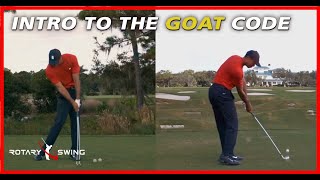
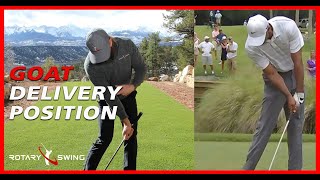

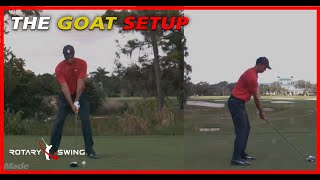
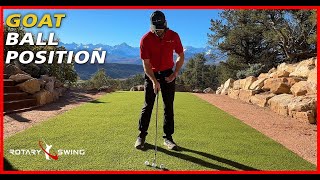
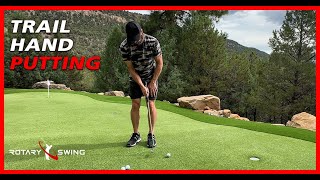


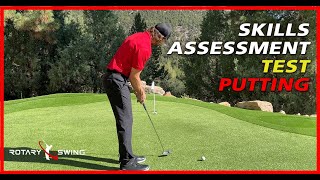
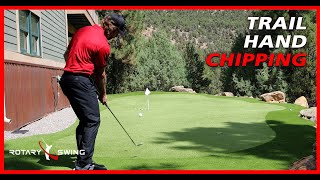
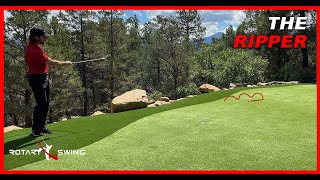
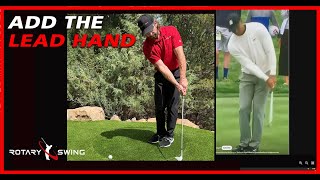
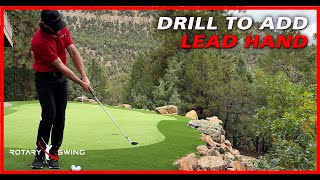
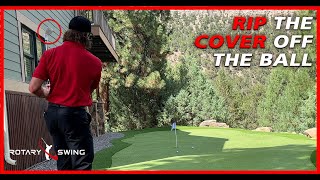
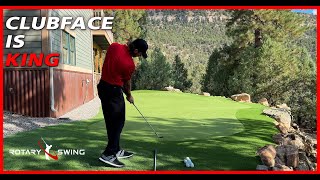
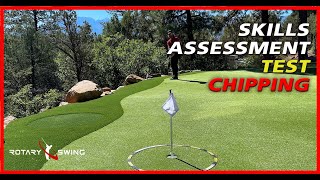
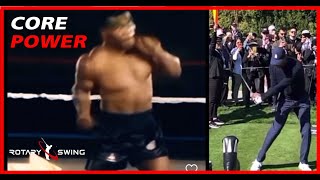
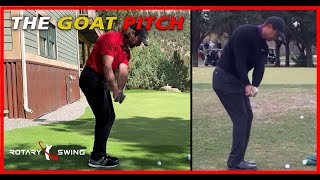
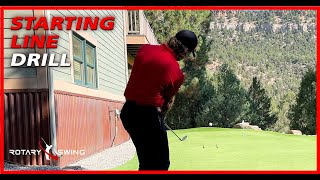
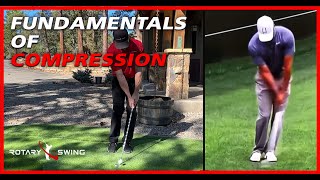
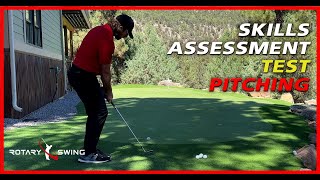
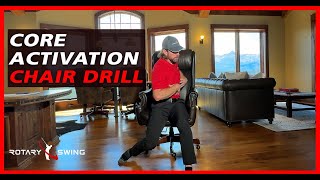
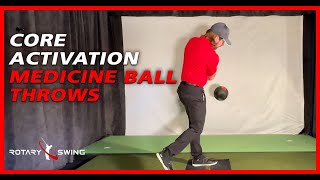
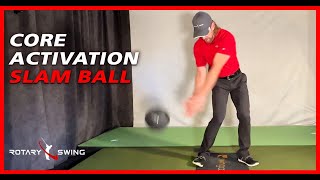
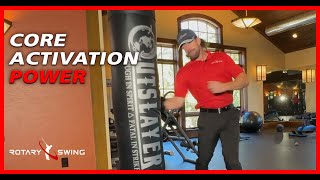
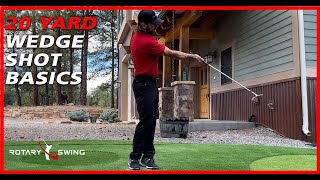
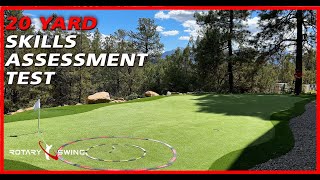
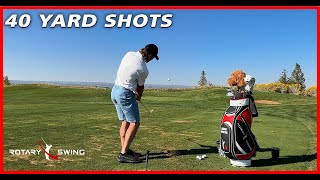
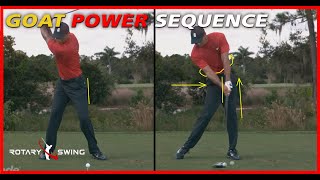
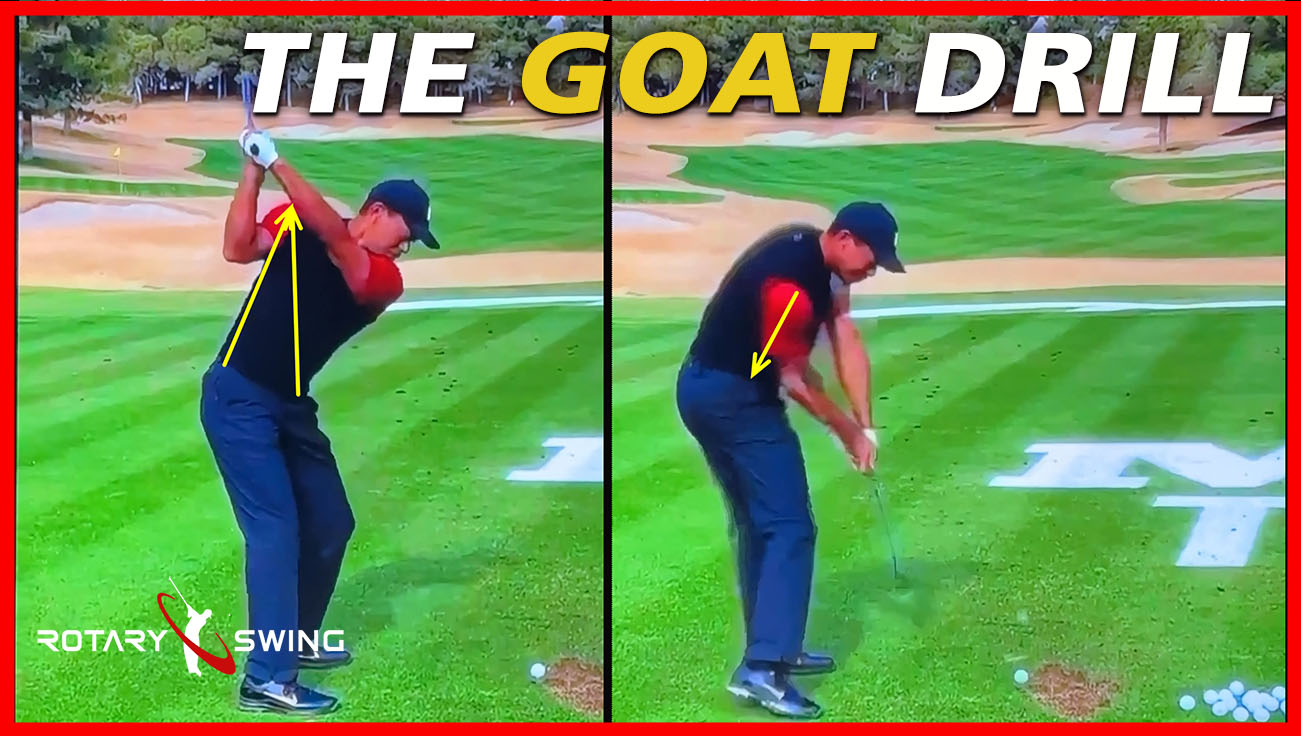

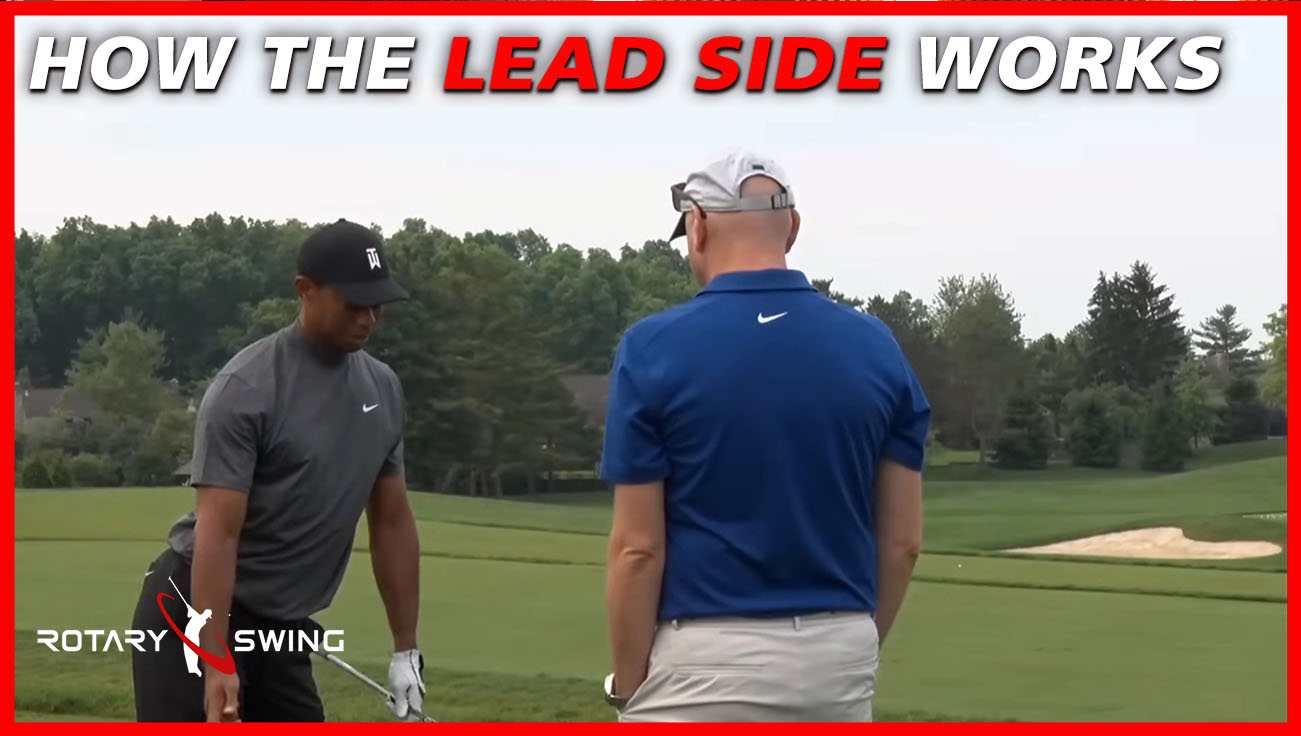
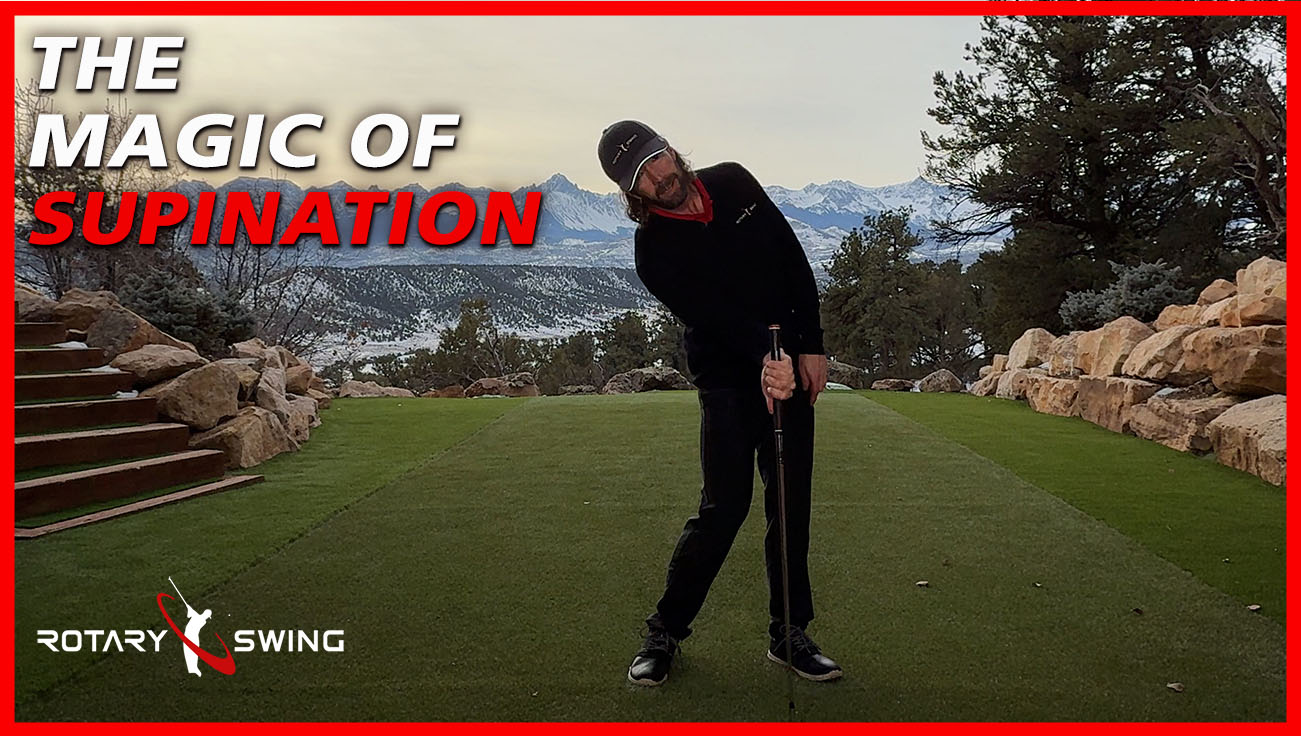

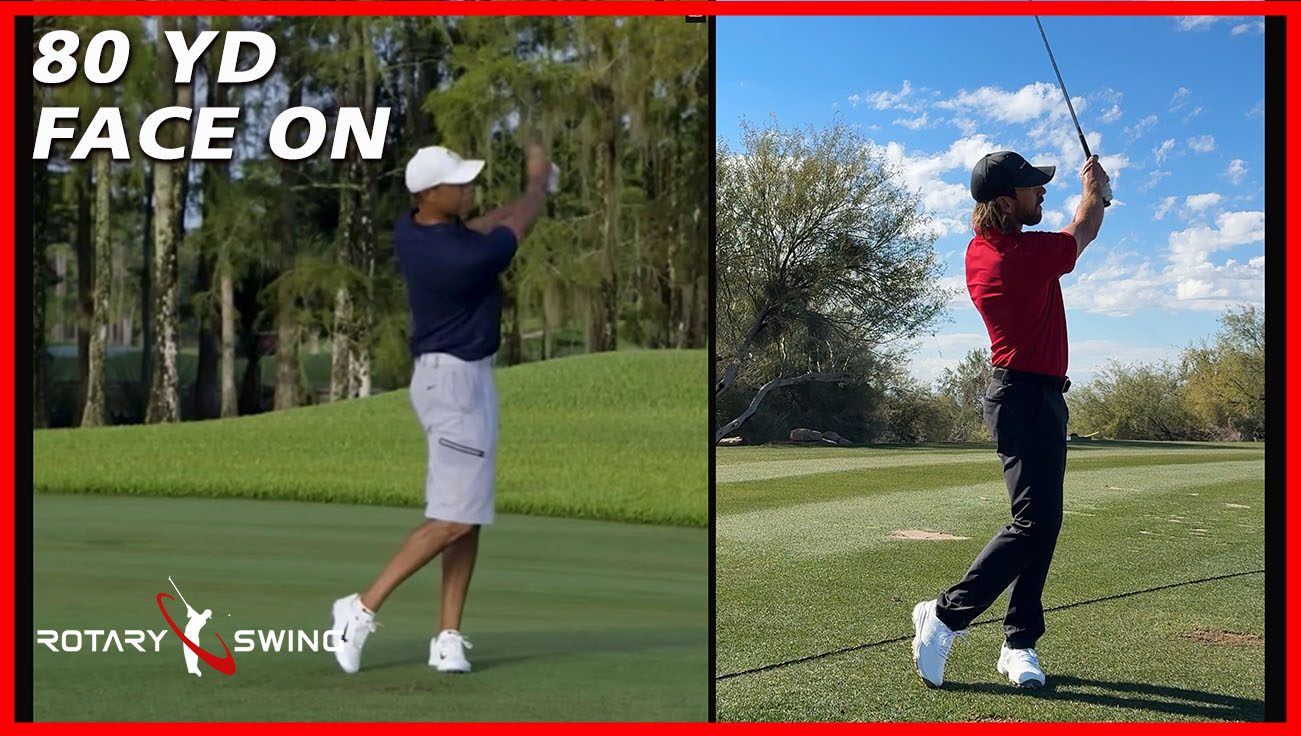
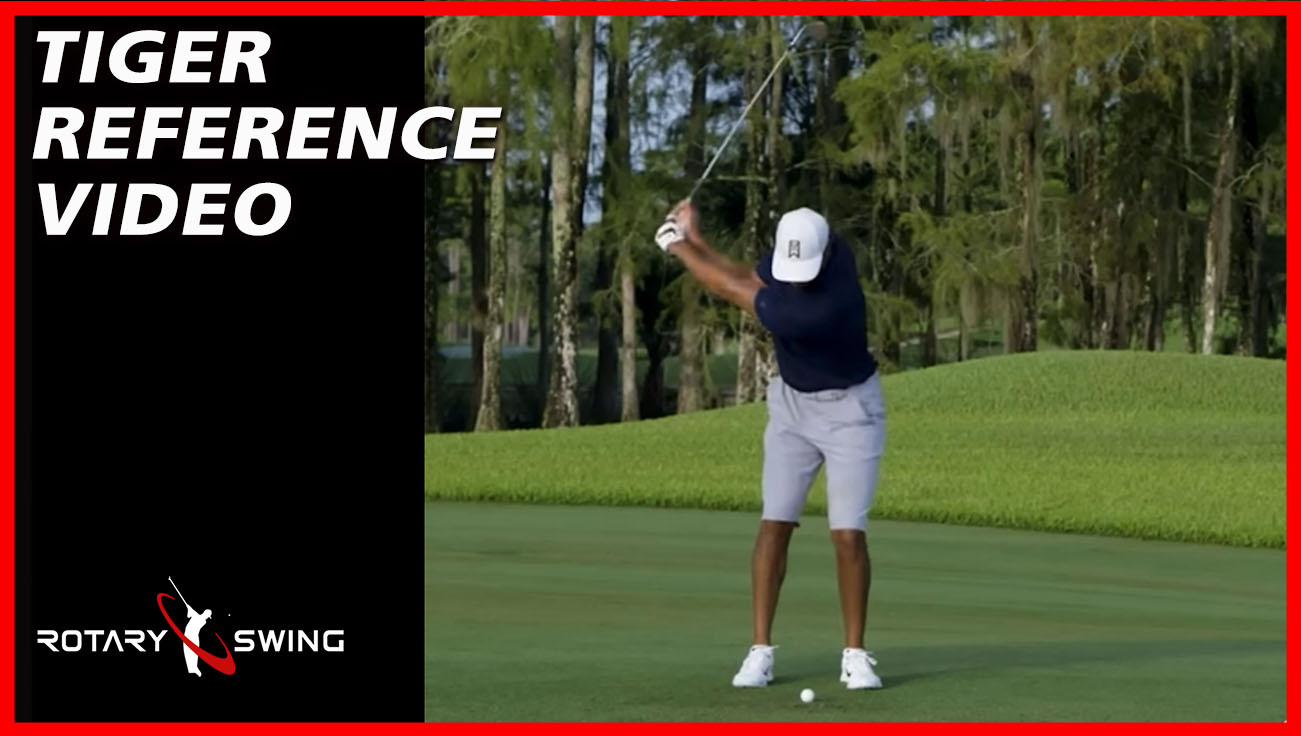

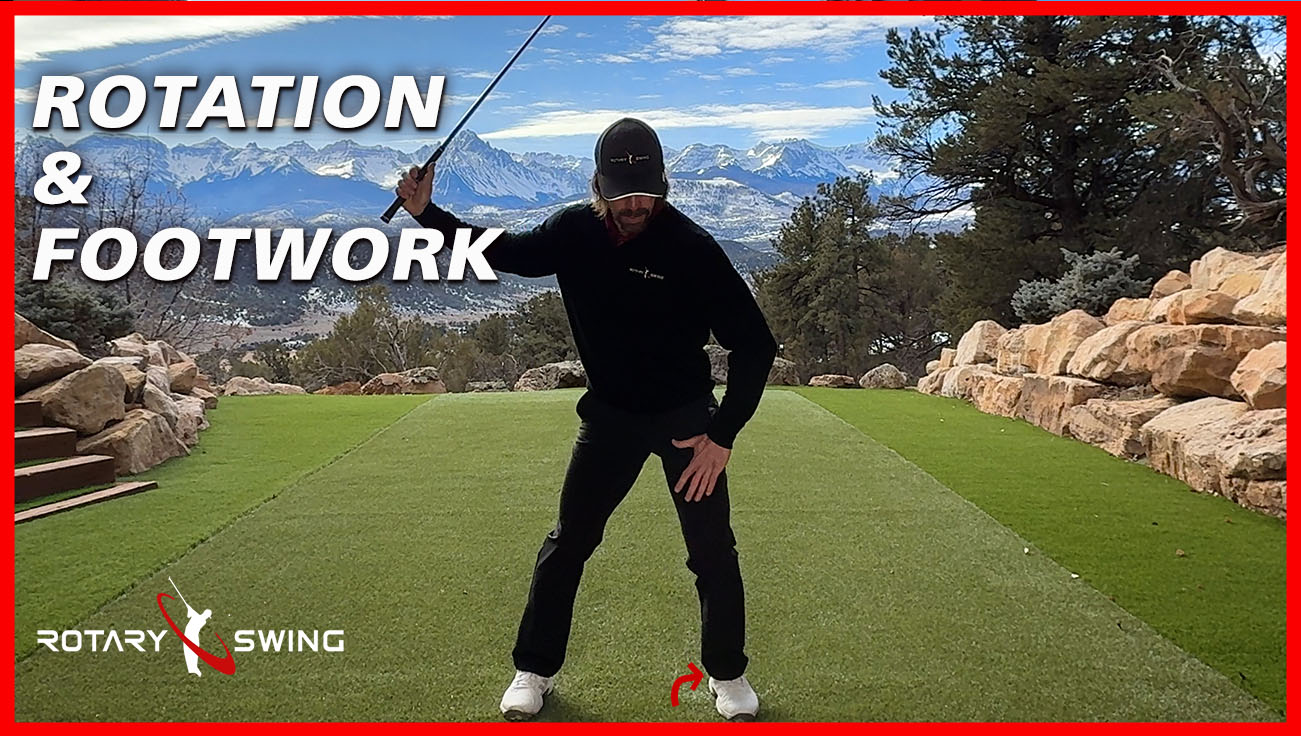
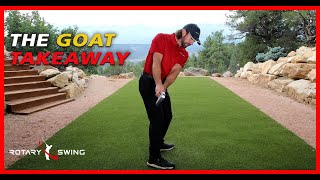
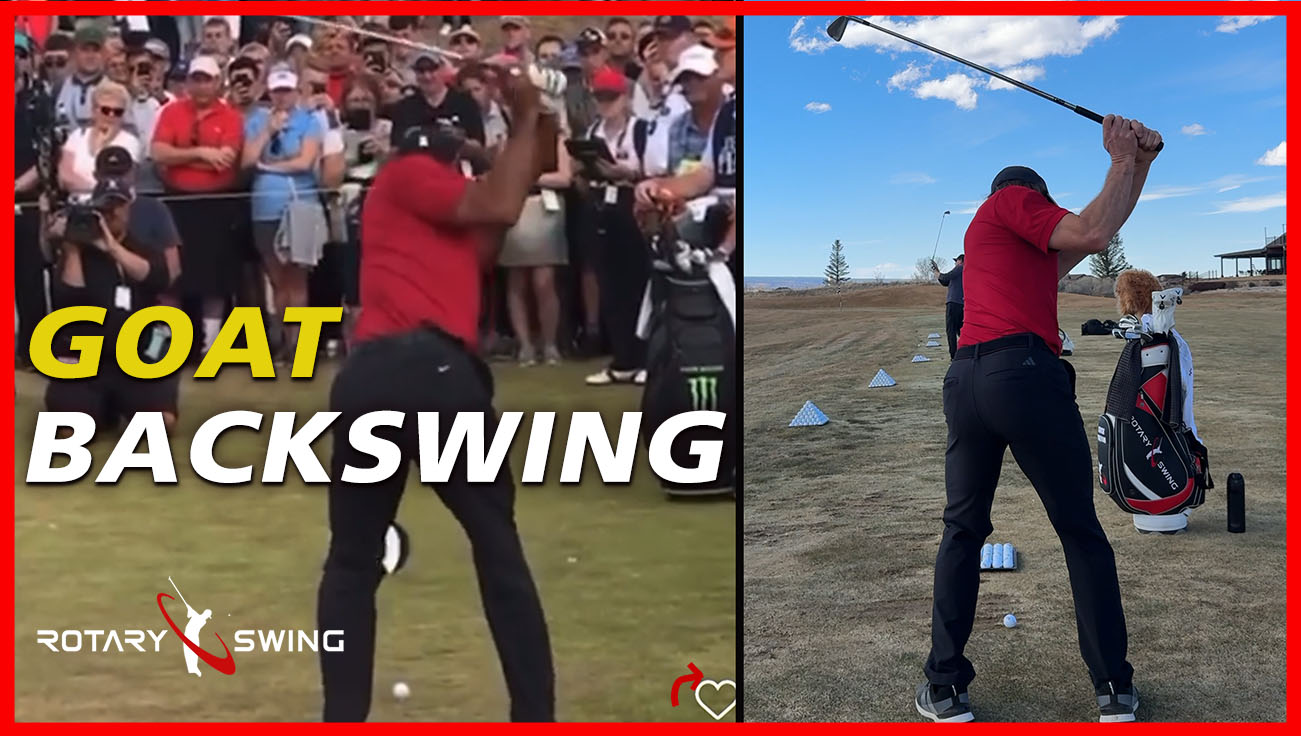
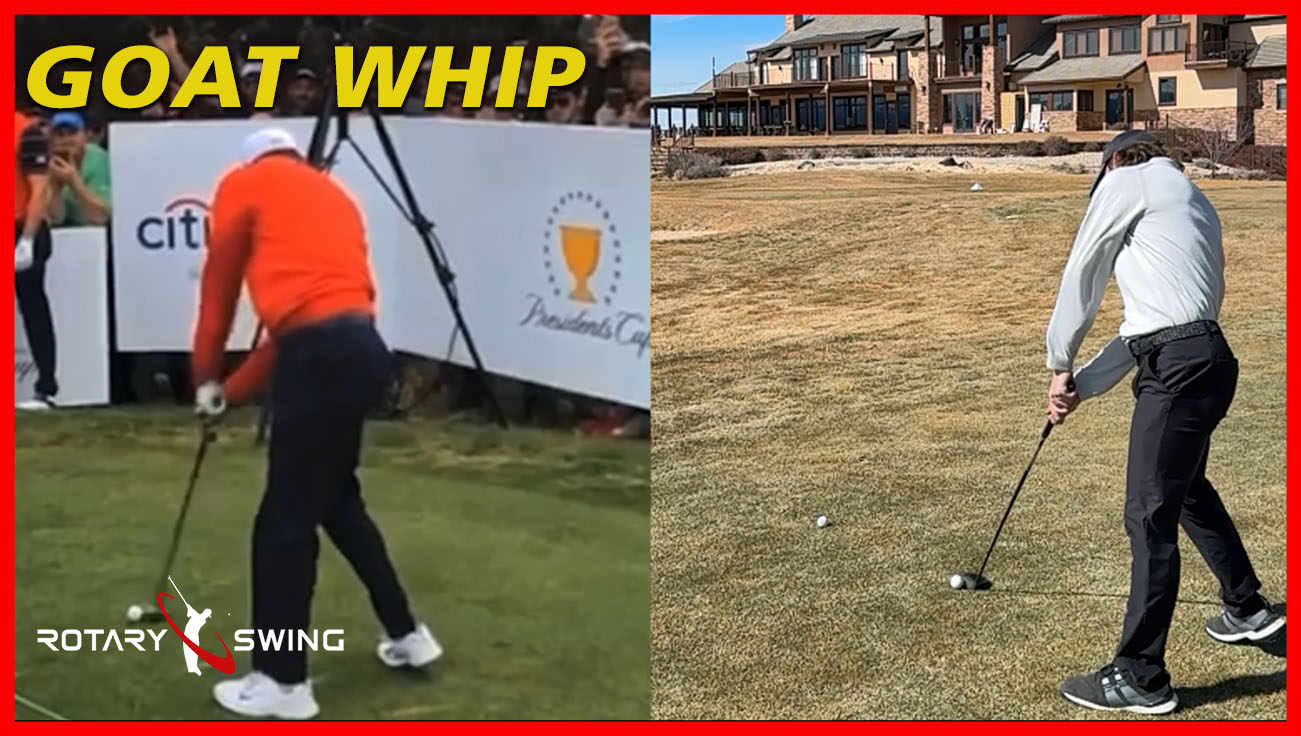
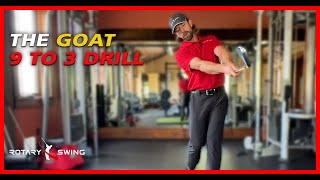
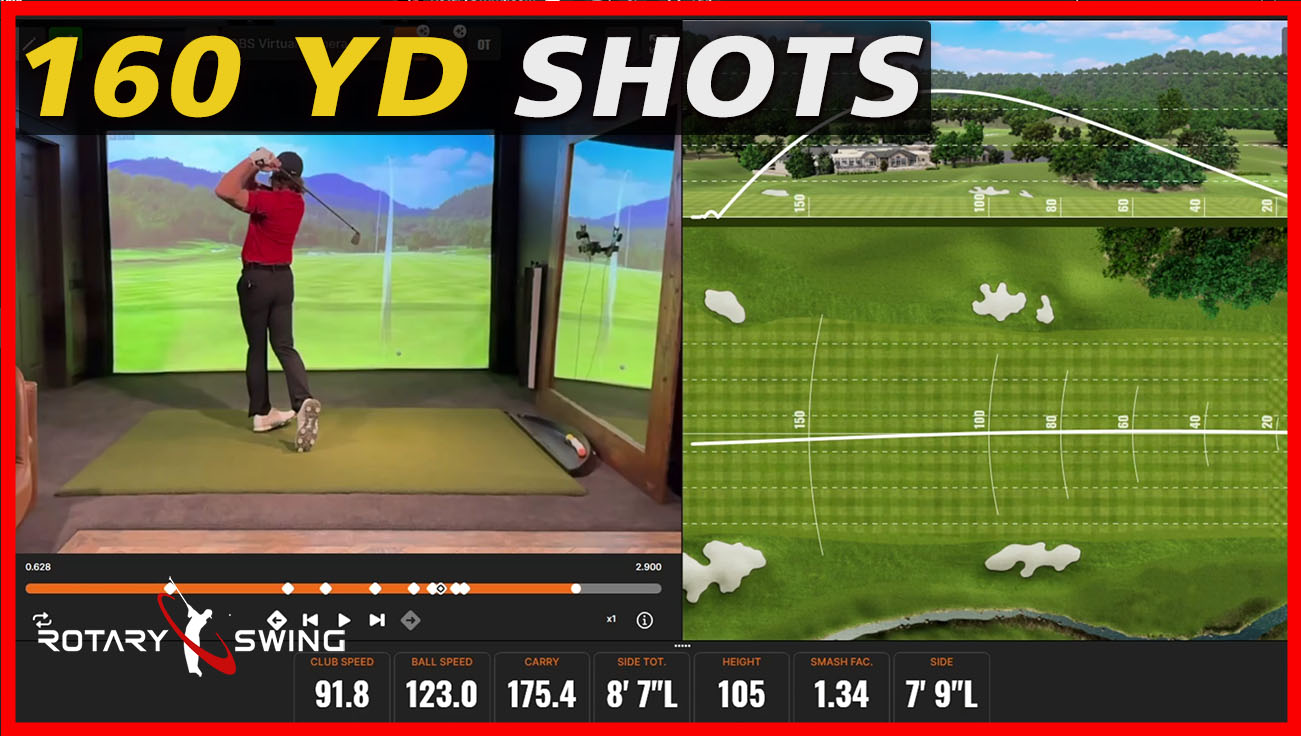

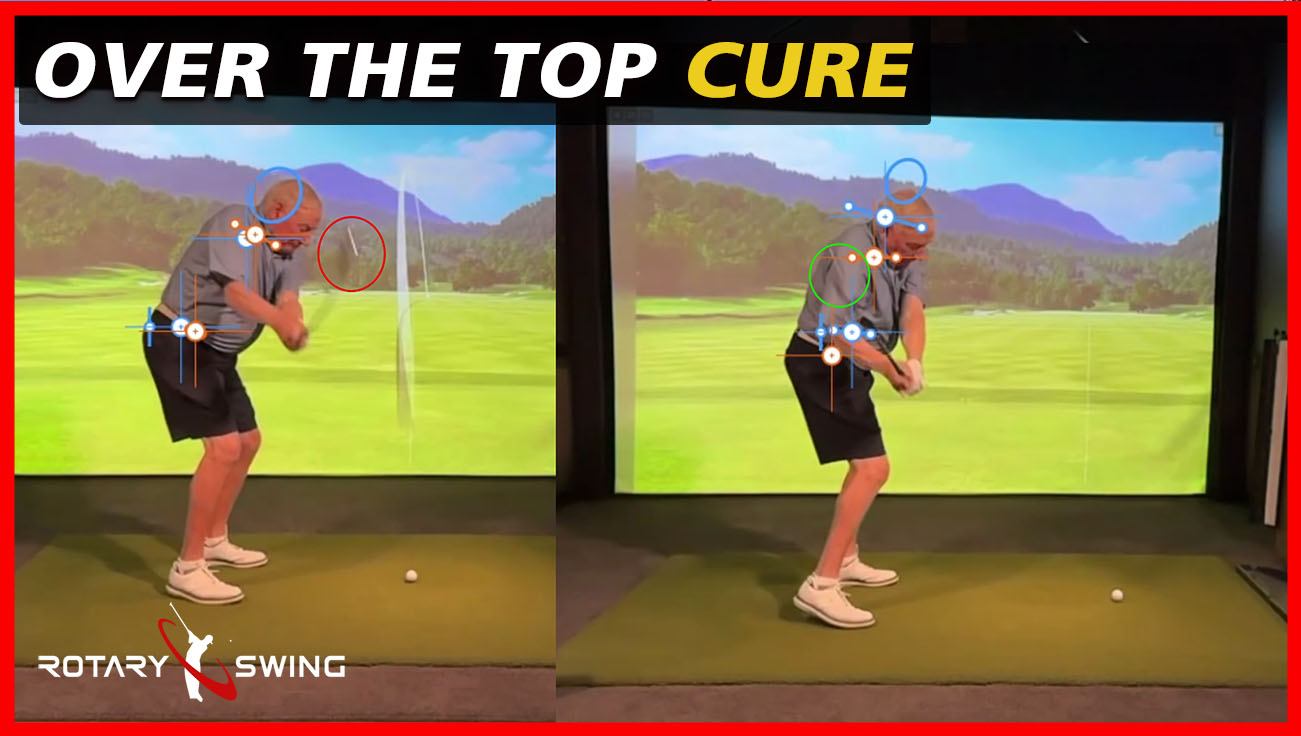
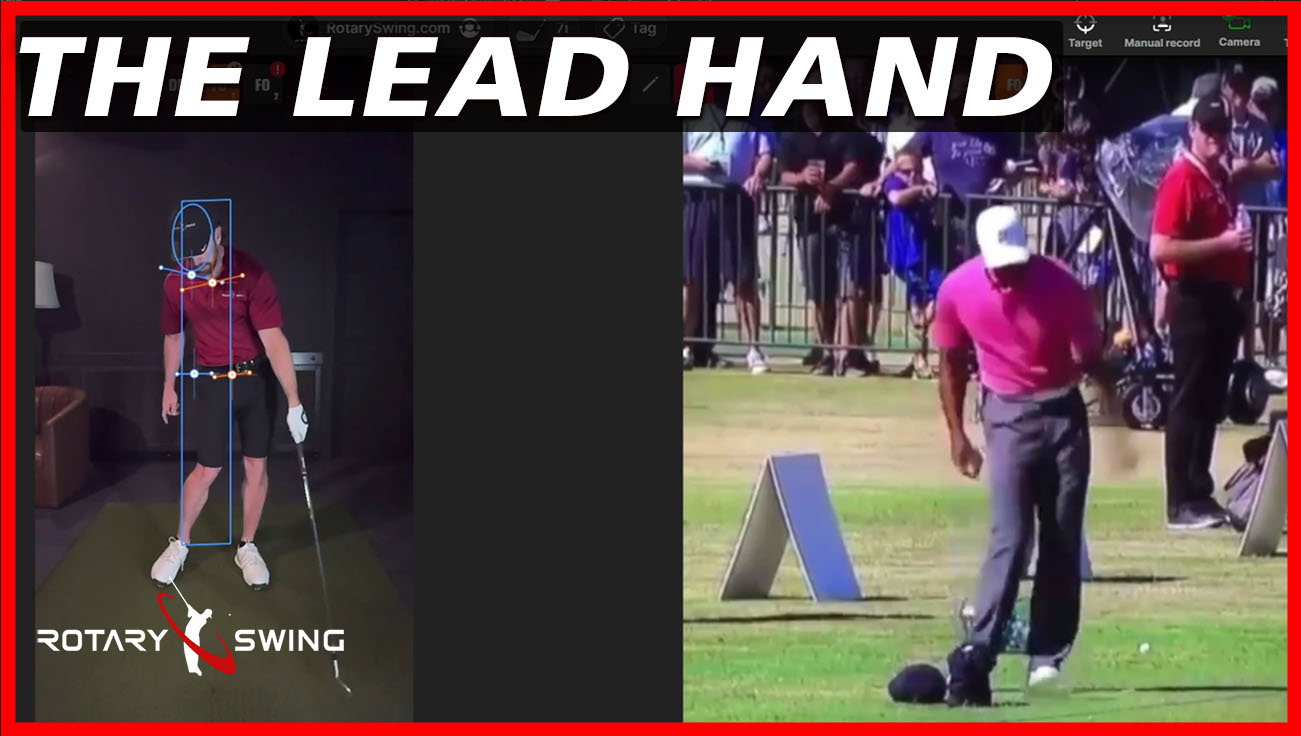
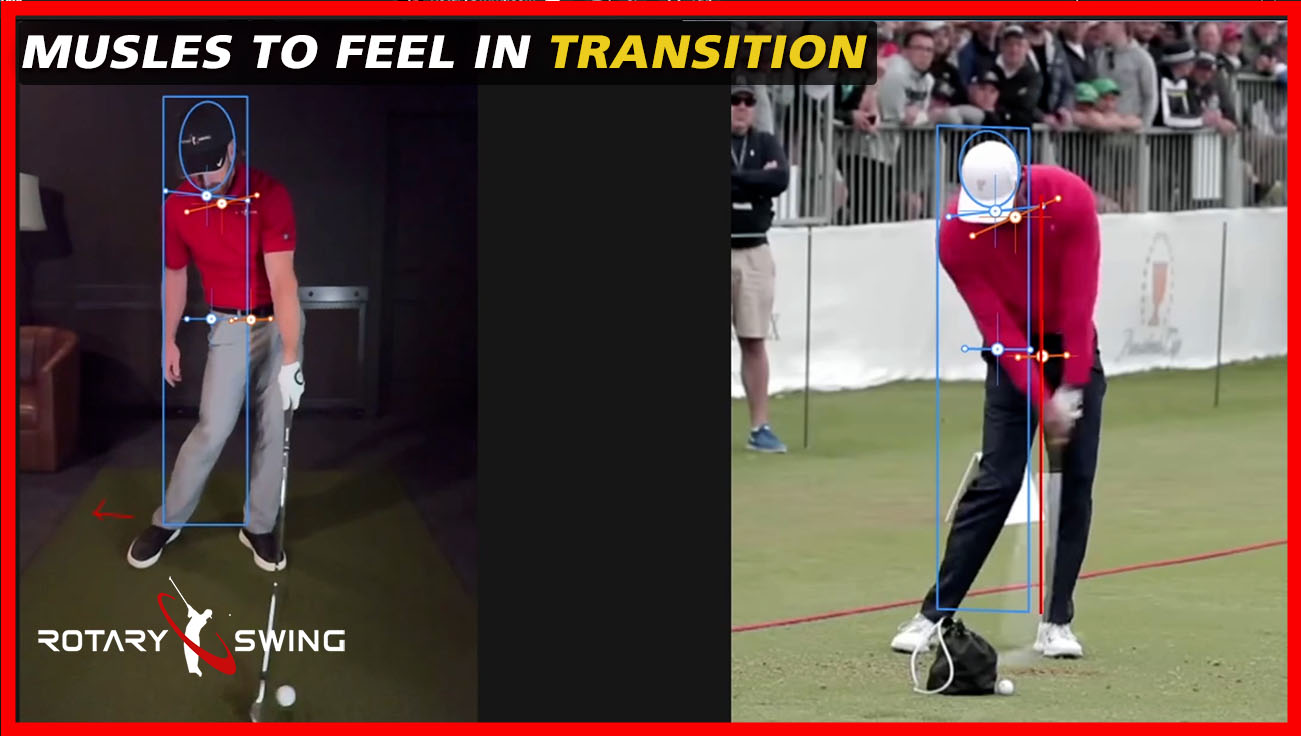
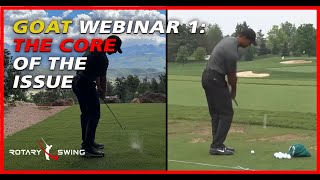
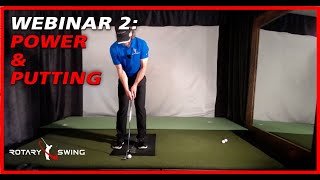
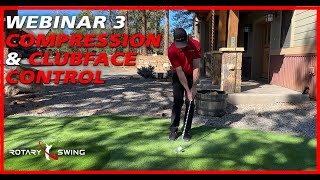
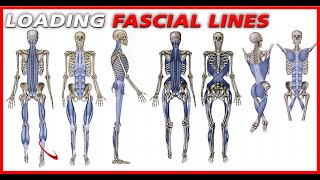
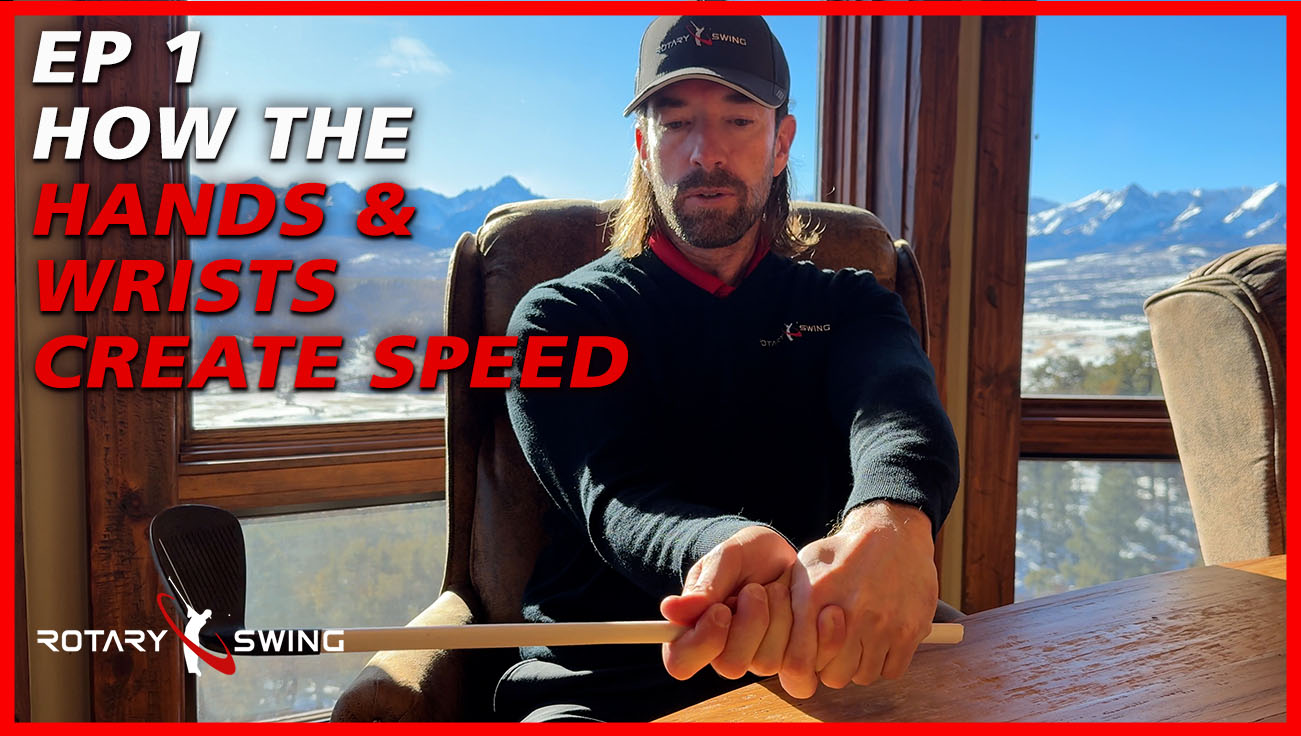

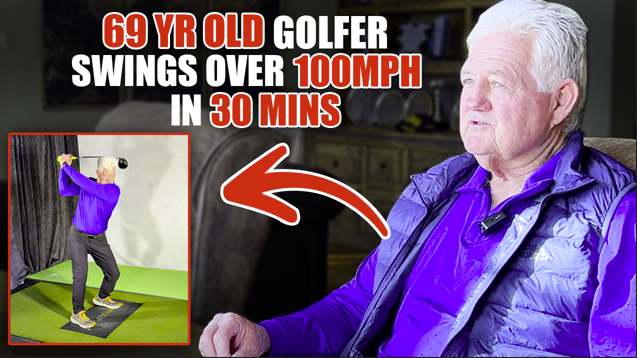
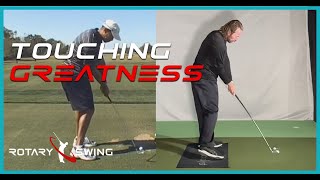
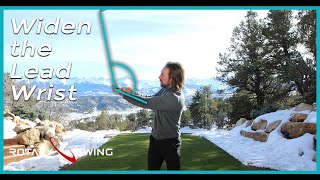
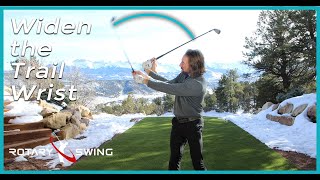
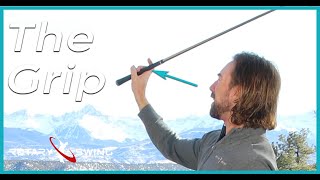


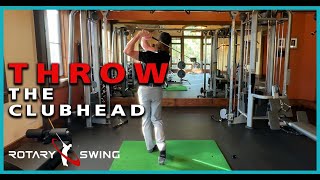
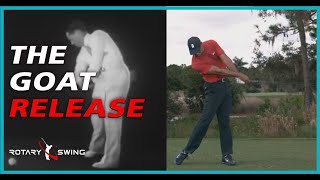
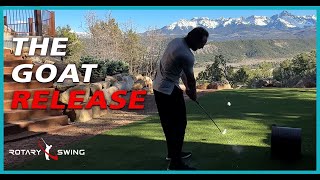
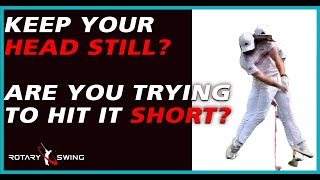
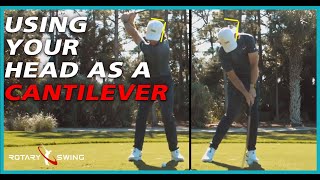
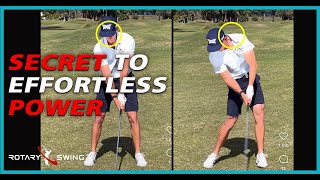
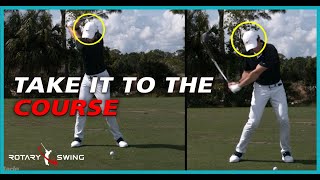
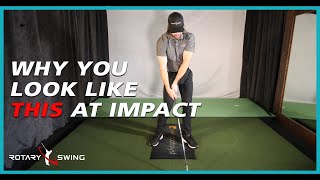
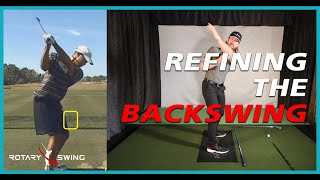
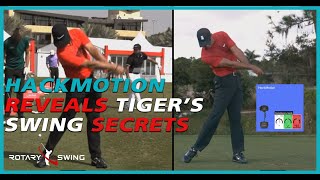
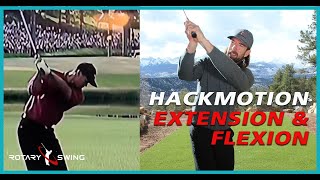
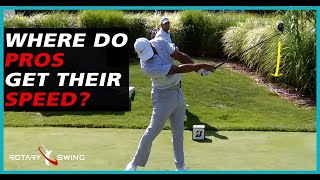
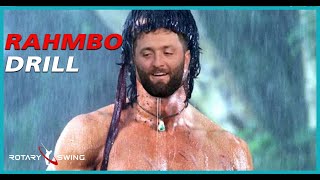
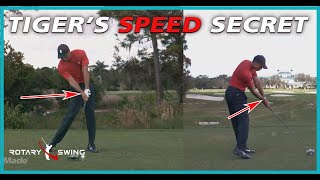
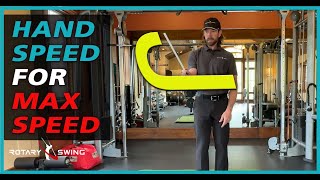
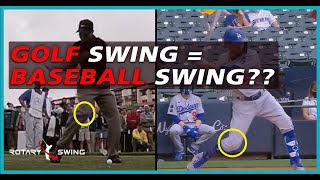
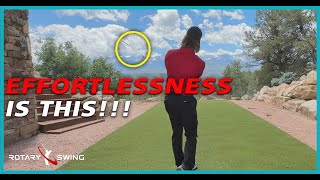

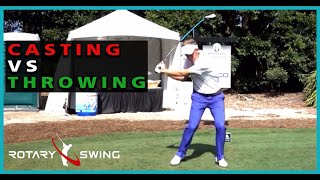
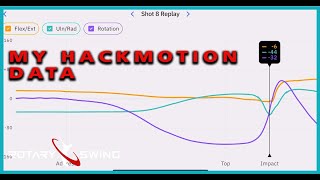
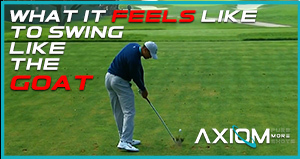
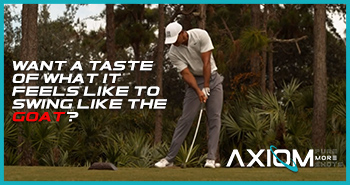
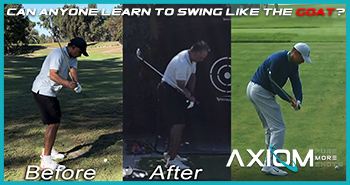

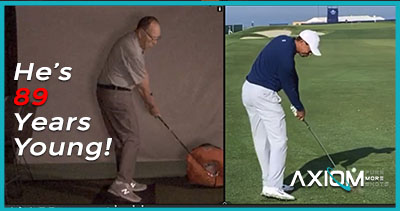

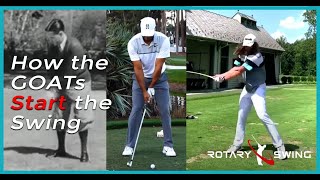
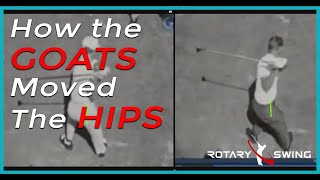
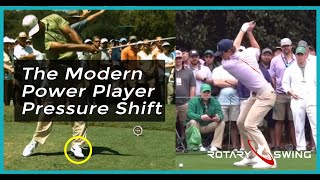
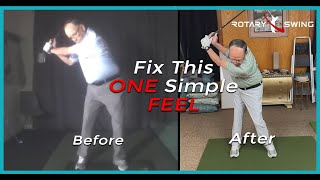
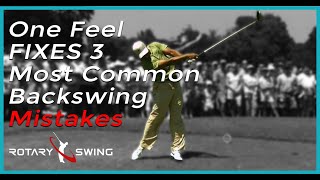
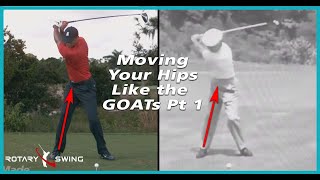
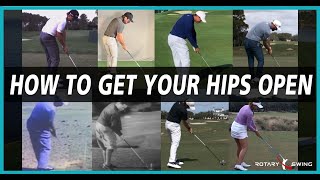
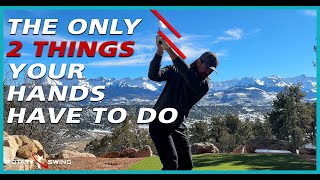
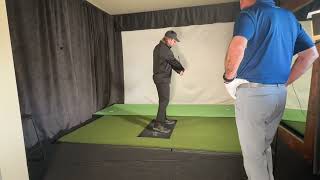
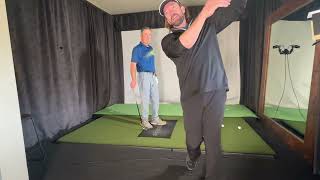
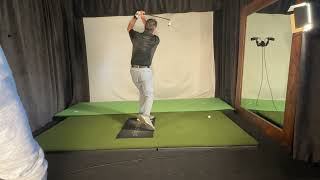
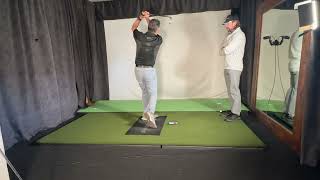
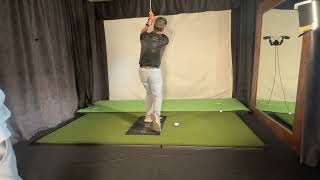
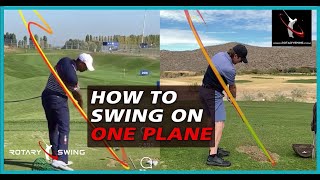
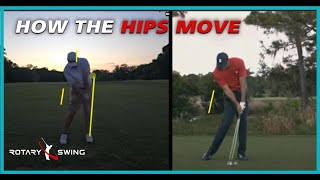
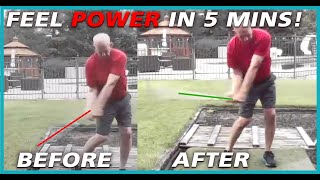
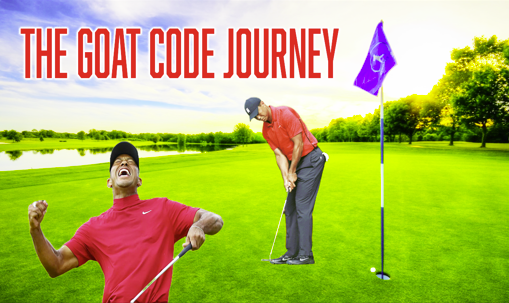
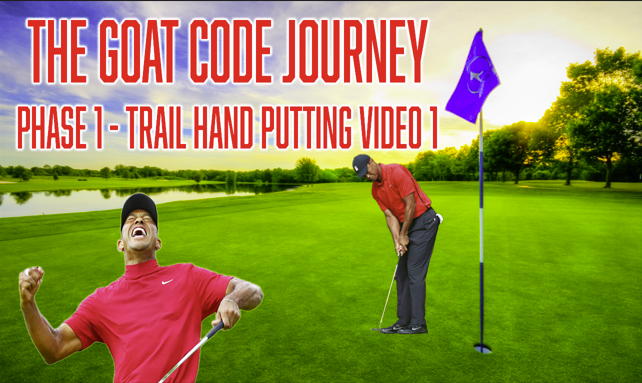
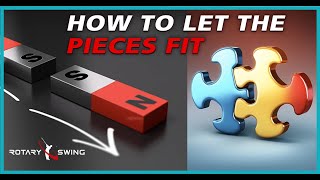


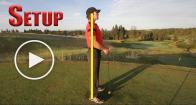
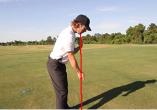
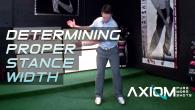
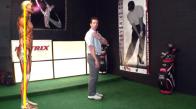
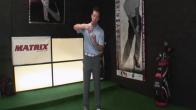
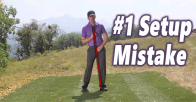
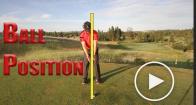
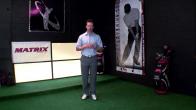
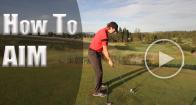
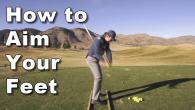
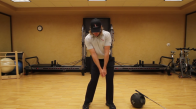
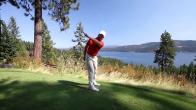
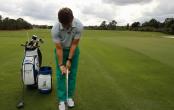
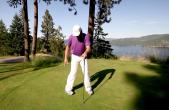
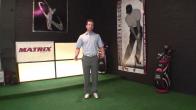
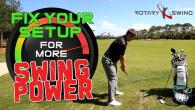

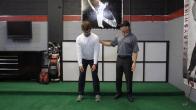
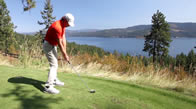
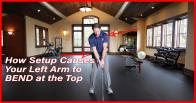


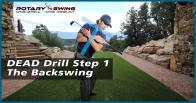
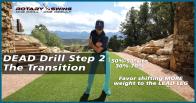
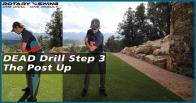

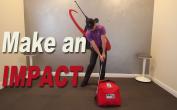
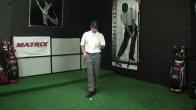
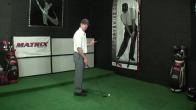
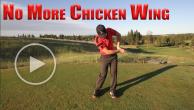
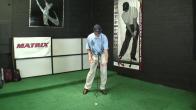
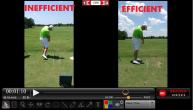
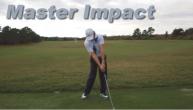
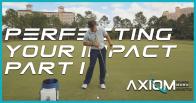
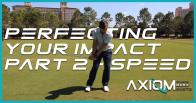
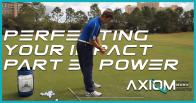
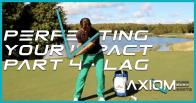

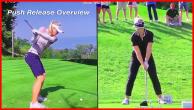

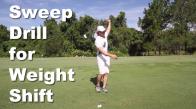
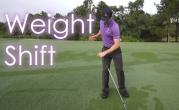
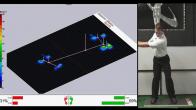
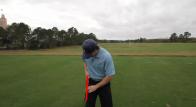
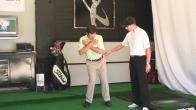
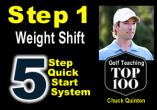

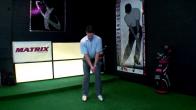
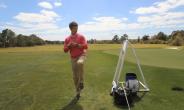
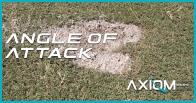
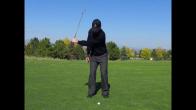
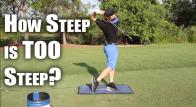
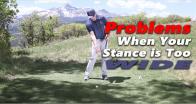
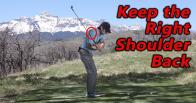
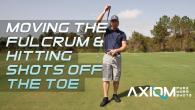
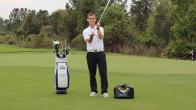
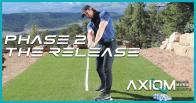

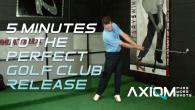
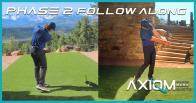
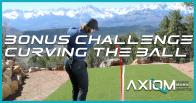

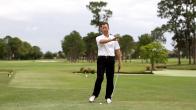
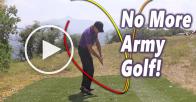
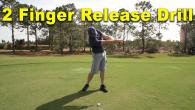
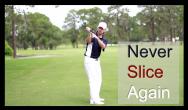
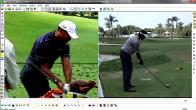
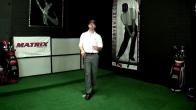
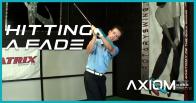
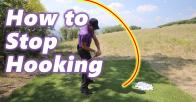
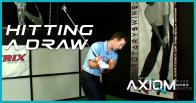
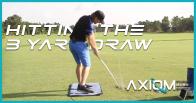

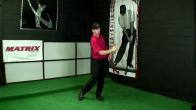
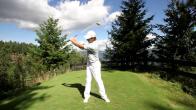
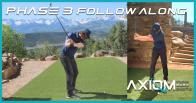

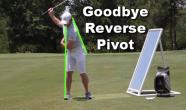

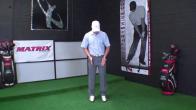
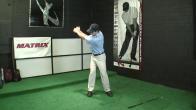
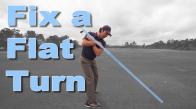
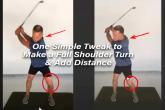

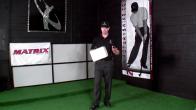
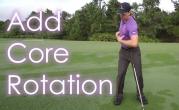
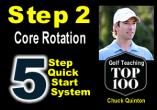
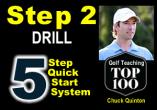
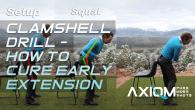
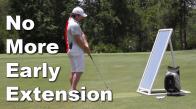
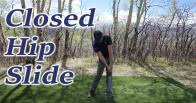

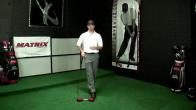
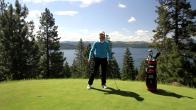
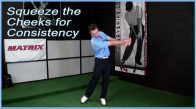
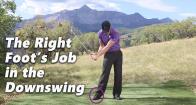
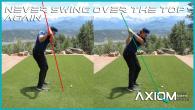
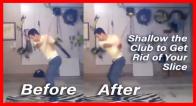
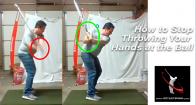
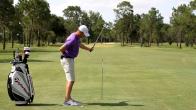
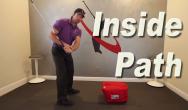
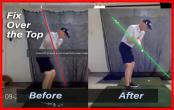
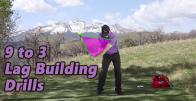

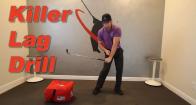
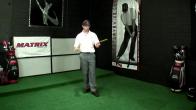
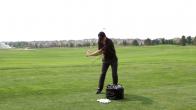



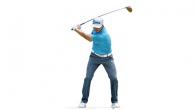
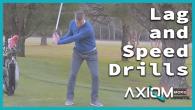
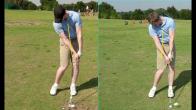




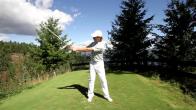

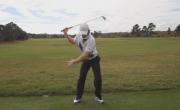
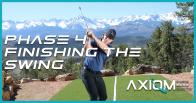
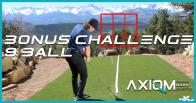


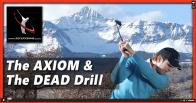
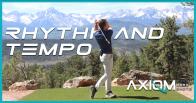

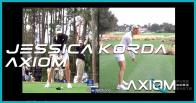

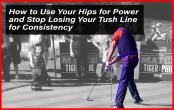

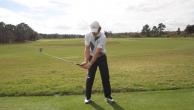
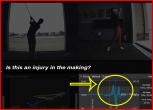
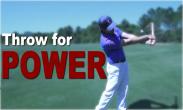


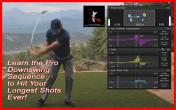
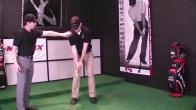
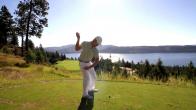

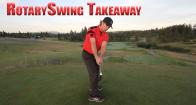

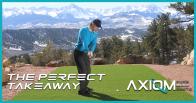
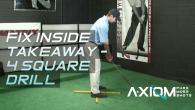
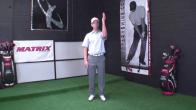
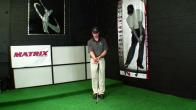


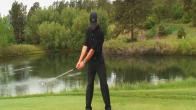
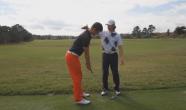
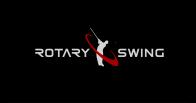


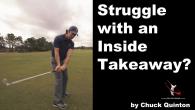
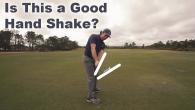
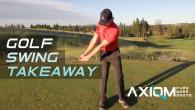
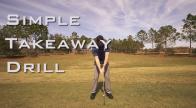

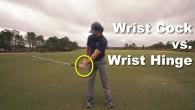
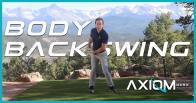
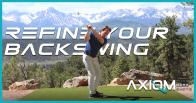
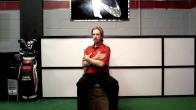
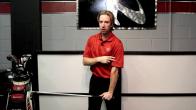
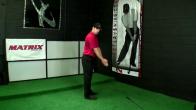
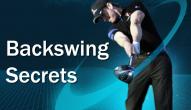
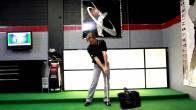
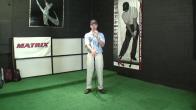
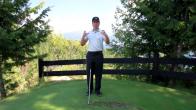
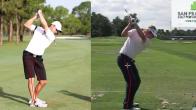
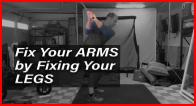
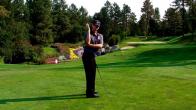
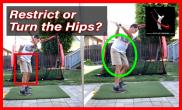


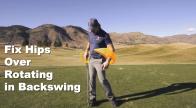
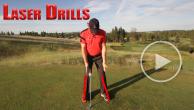
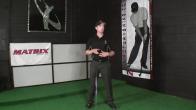
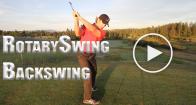
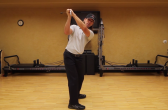
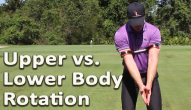
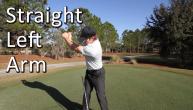

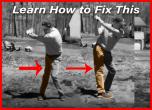
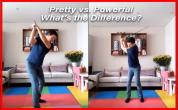

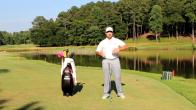
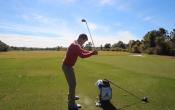



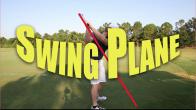
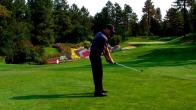
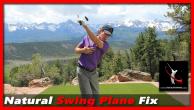
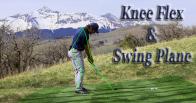
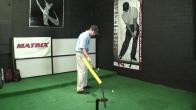
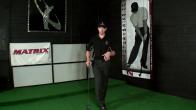
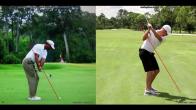

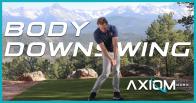

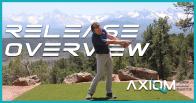
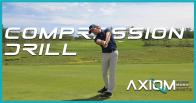
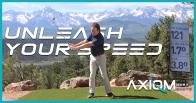
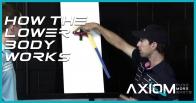
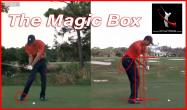
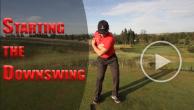
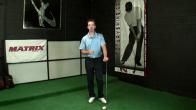
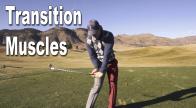
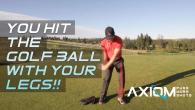
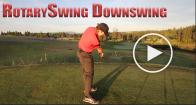
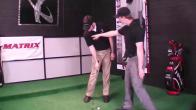
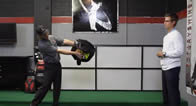
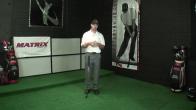
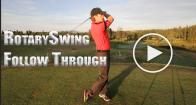
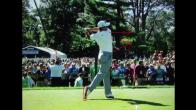
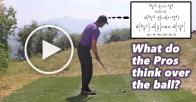
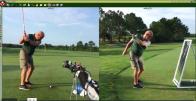

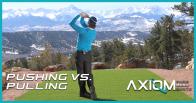
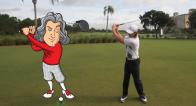
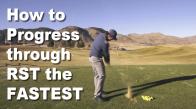


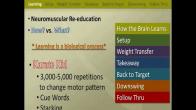
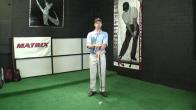

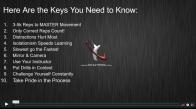

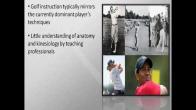


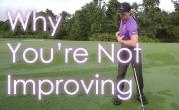
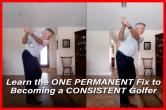
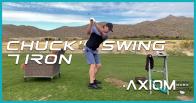
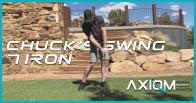
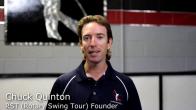
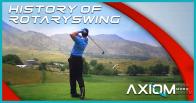

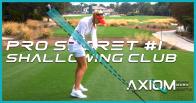
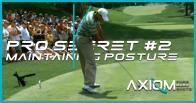
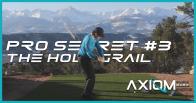
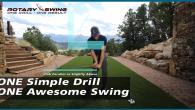
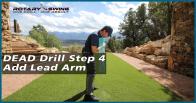
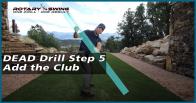
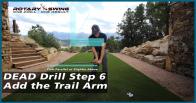
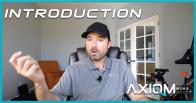
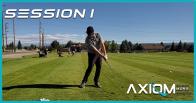
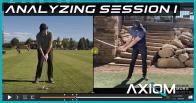

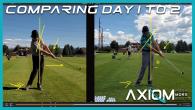
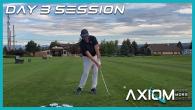

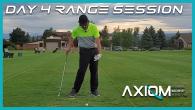


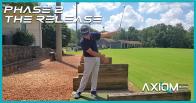

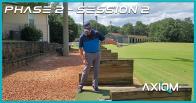
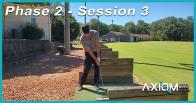
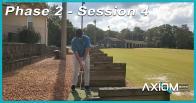
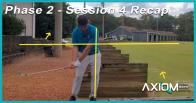
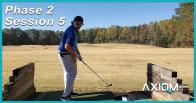
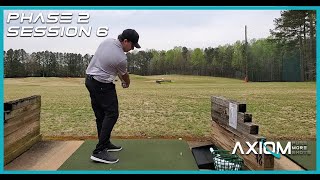
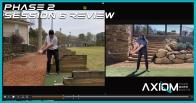
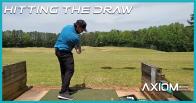


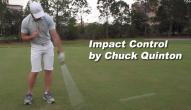
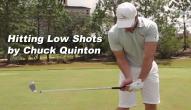

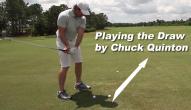
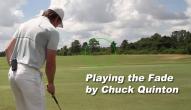
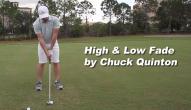
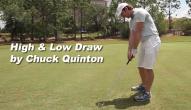
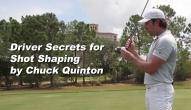
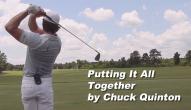


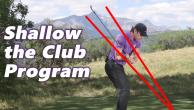
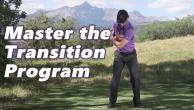
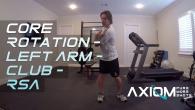
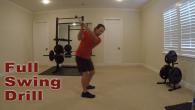

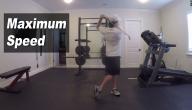
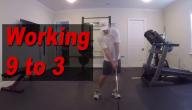
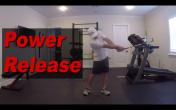
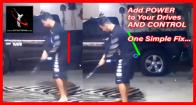
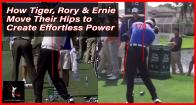
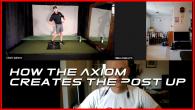
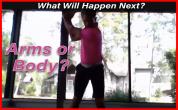
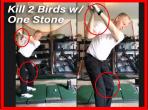
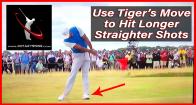
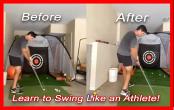
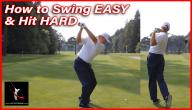
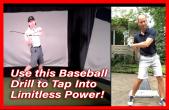
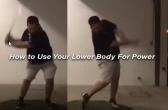
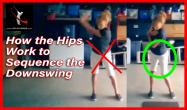

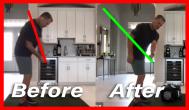
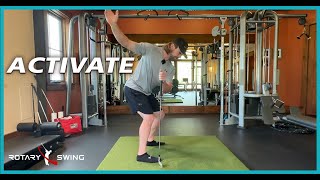

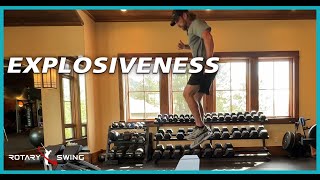
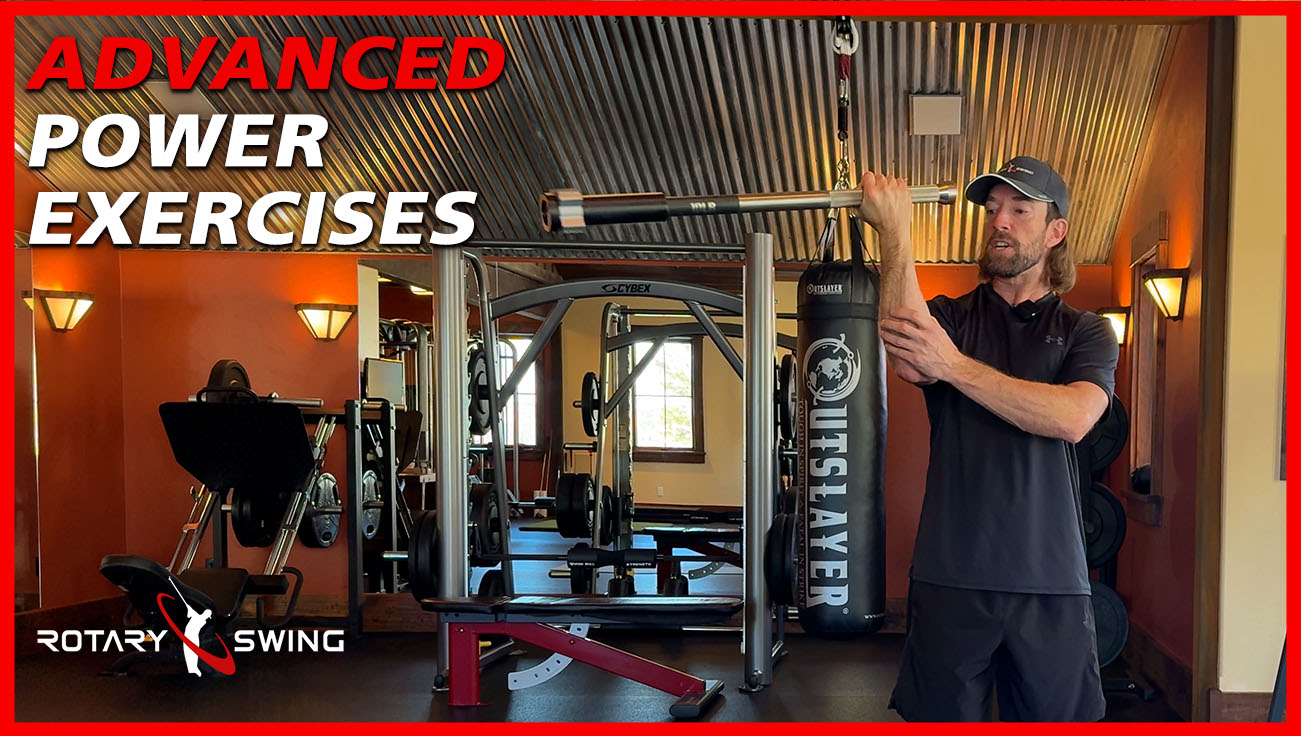
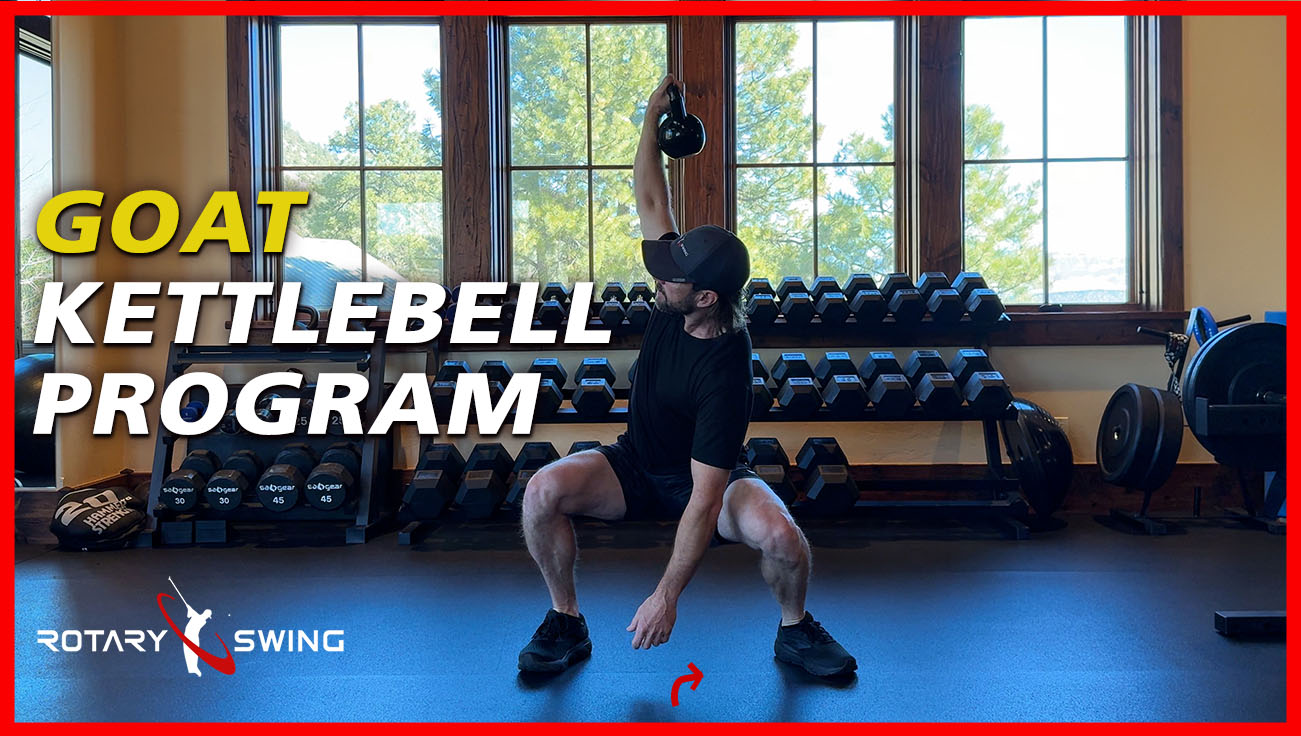

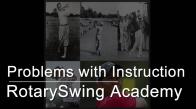
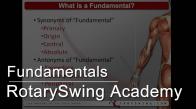
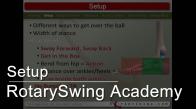
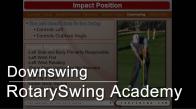
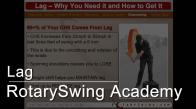
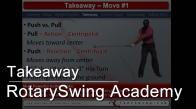
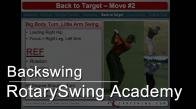
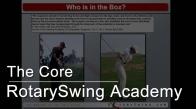
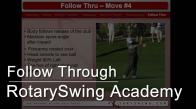

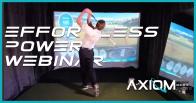
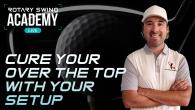

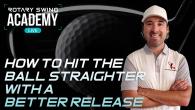
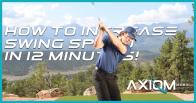
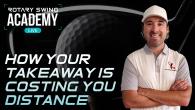

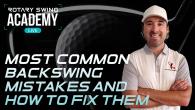
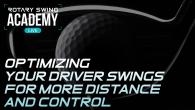
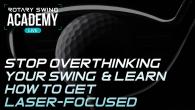


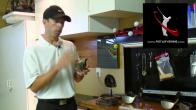
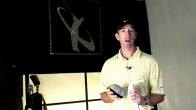
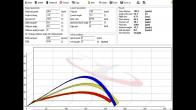
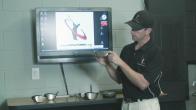
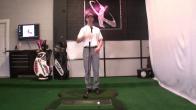
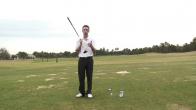
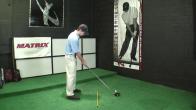
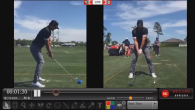
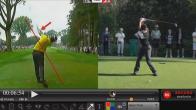

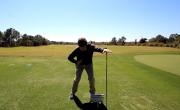
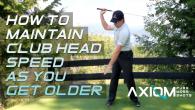
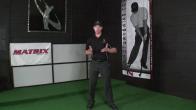
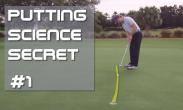
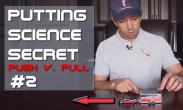
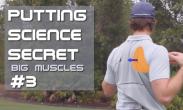
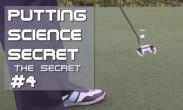
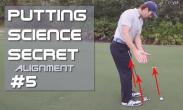
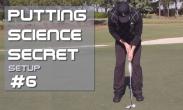
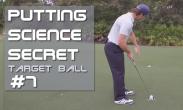
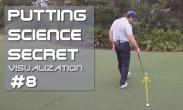
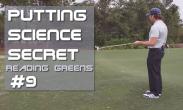
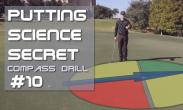
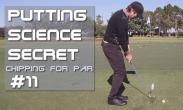
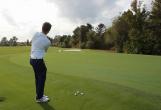

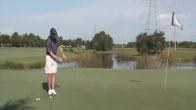
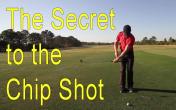
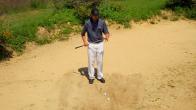
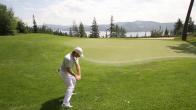
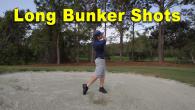
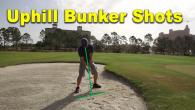
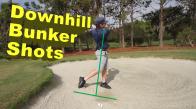
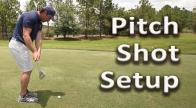
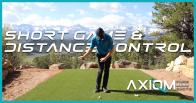
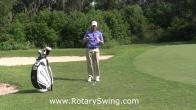
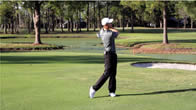
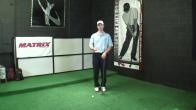


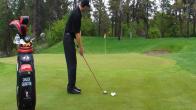
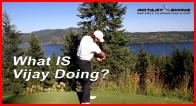


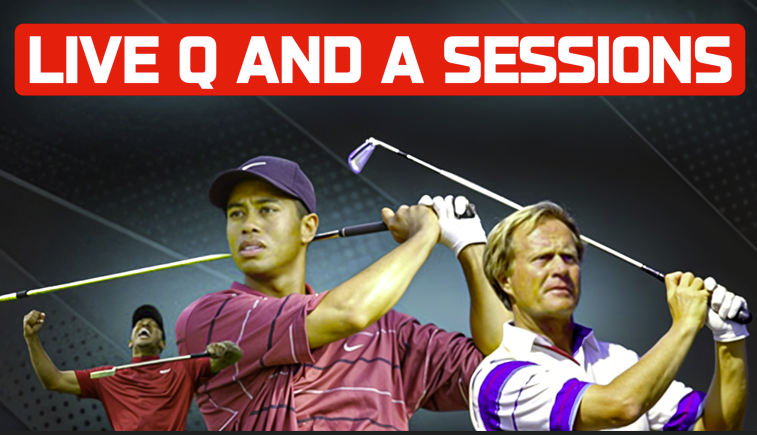


J david
Craig (Certified RST Instructor)
Mark
Craig (Certified RST Instructor)
sjahari
Craig (Certified RST Instructor)
M. (Certified RST Instructor)
Craig (Certified RST Instructor)
M. (Certified RST Instructor)